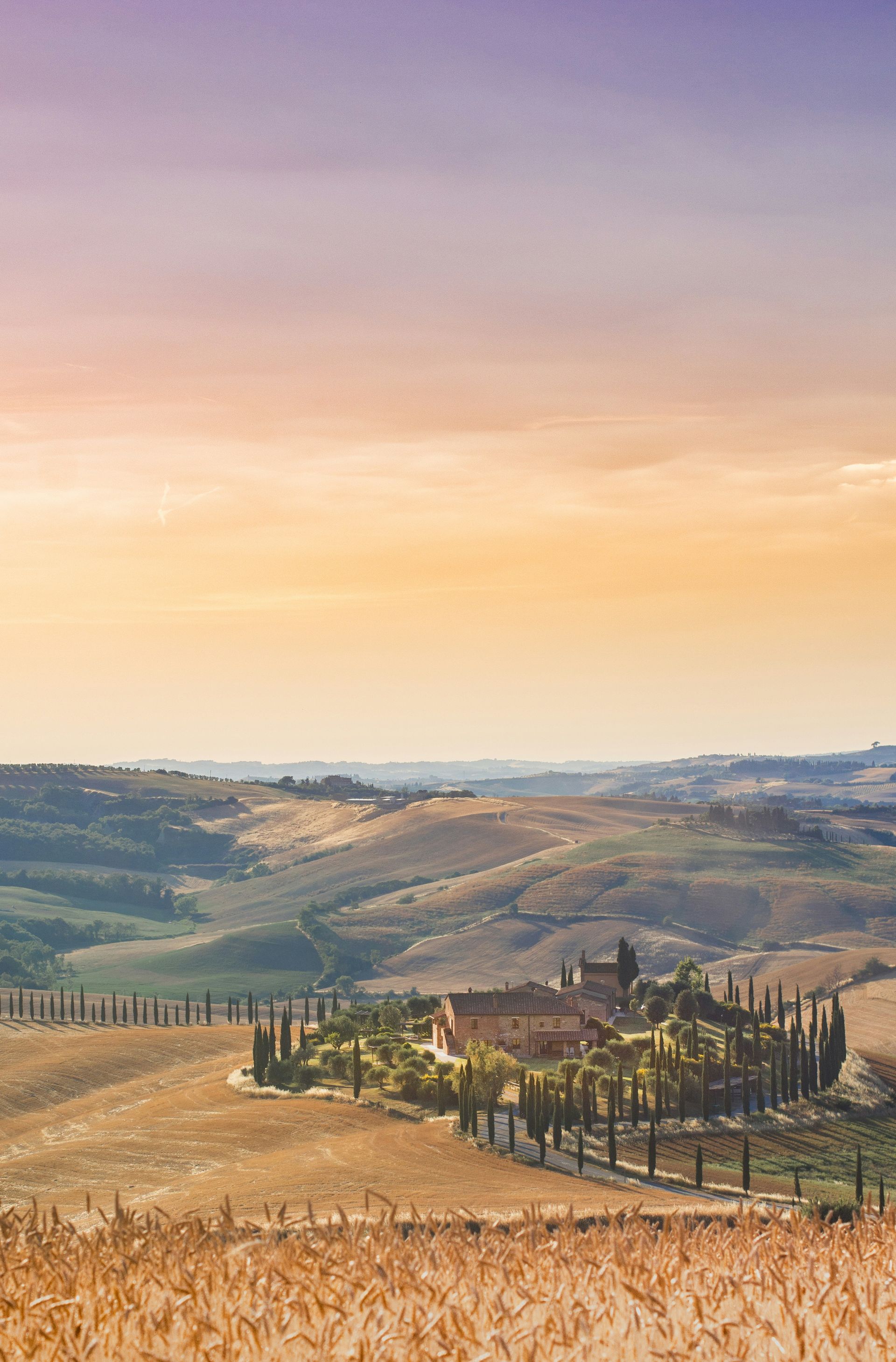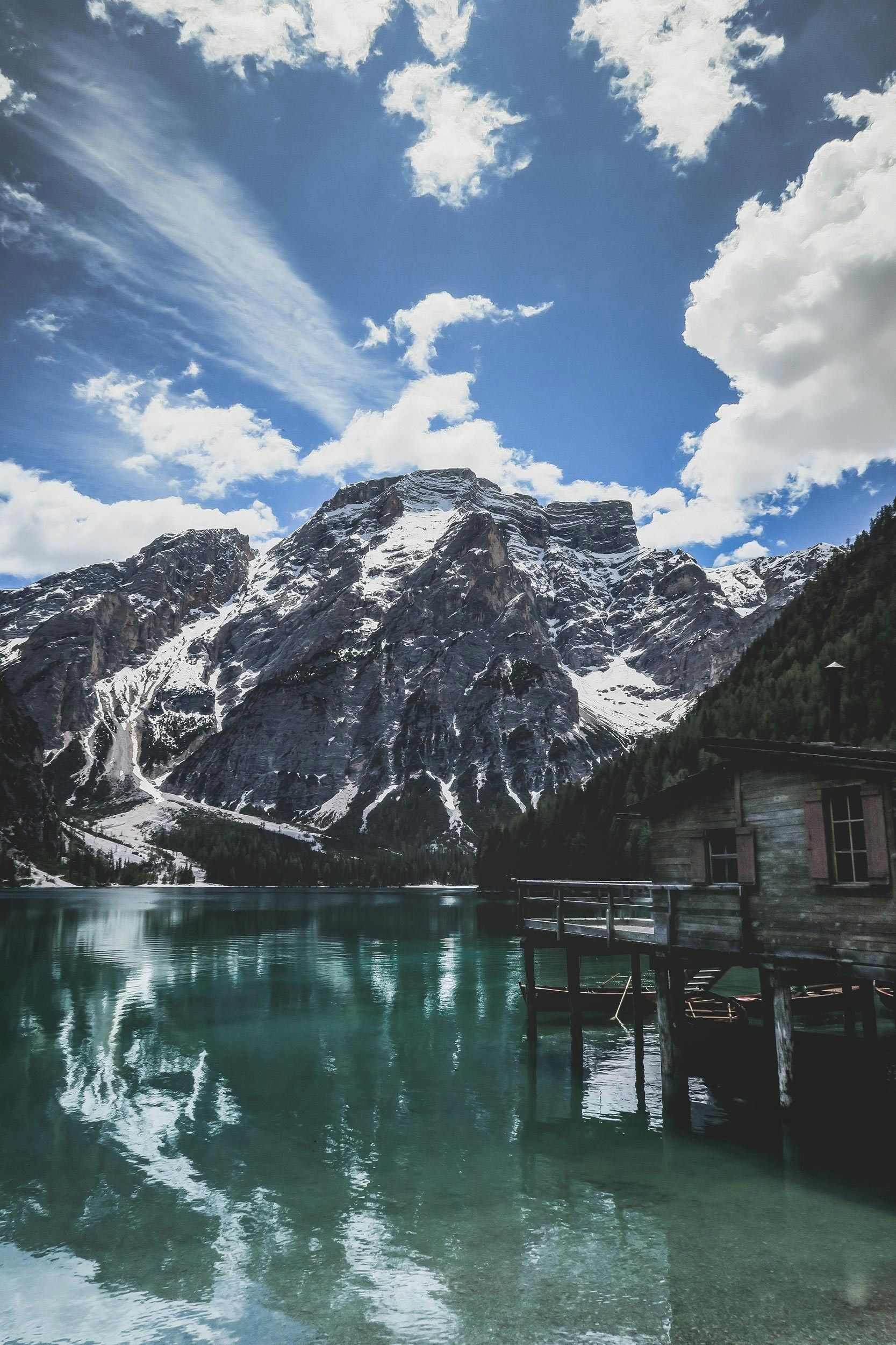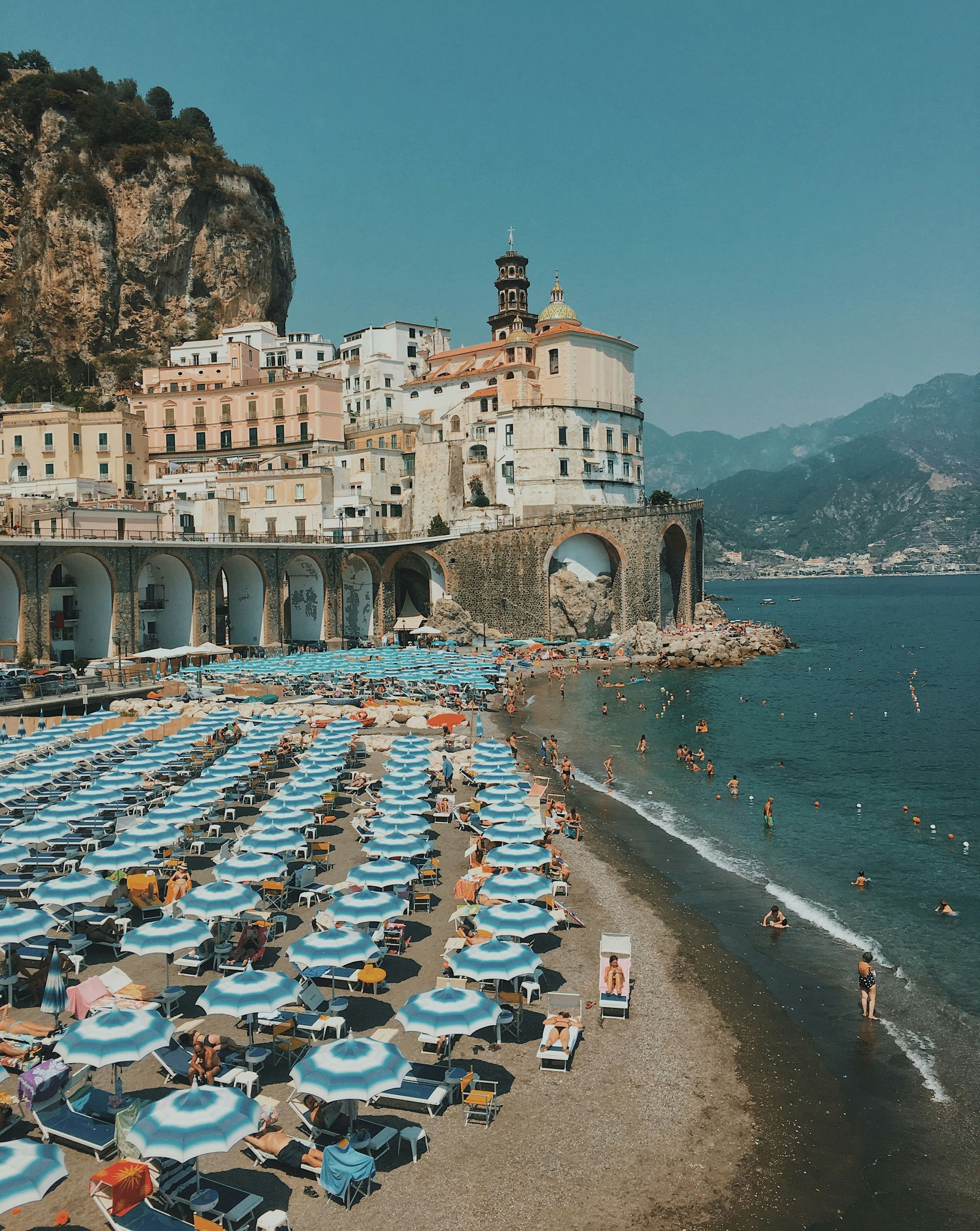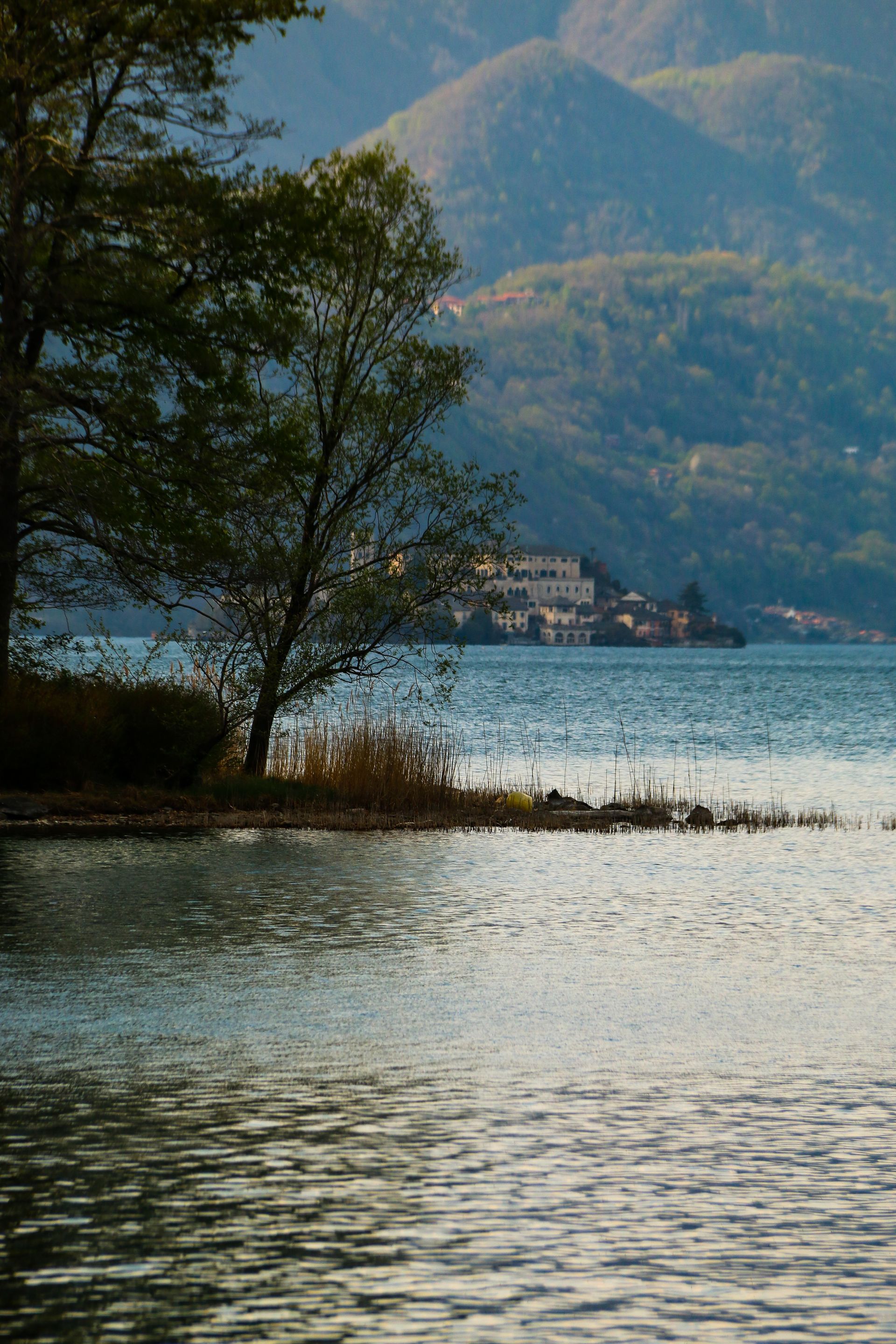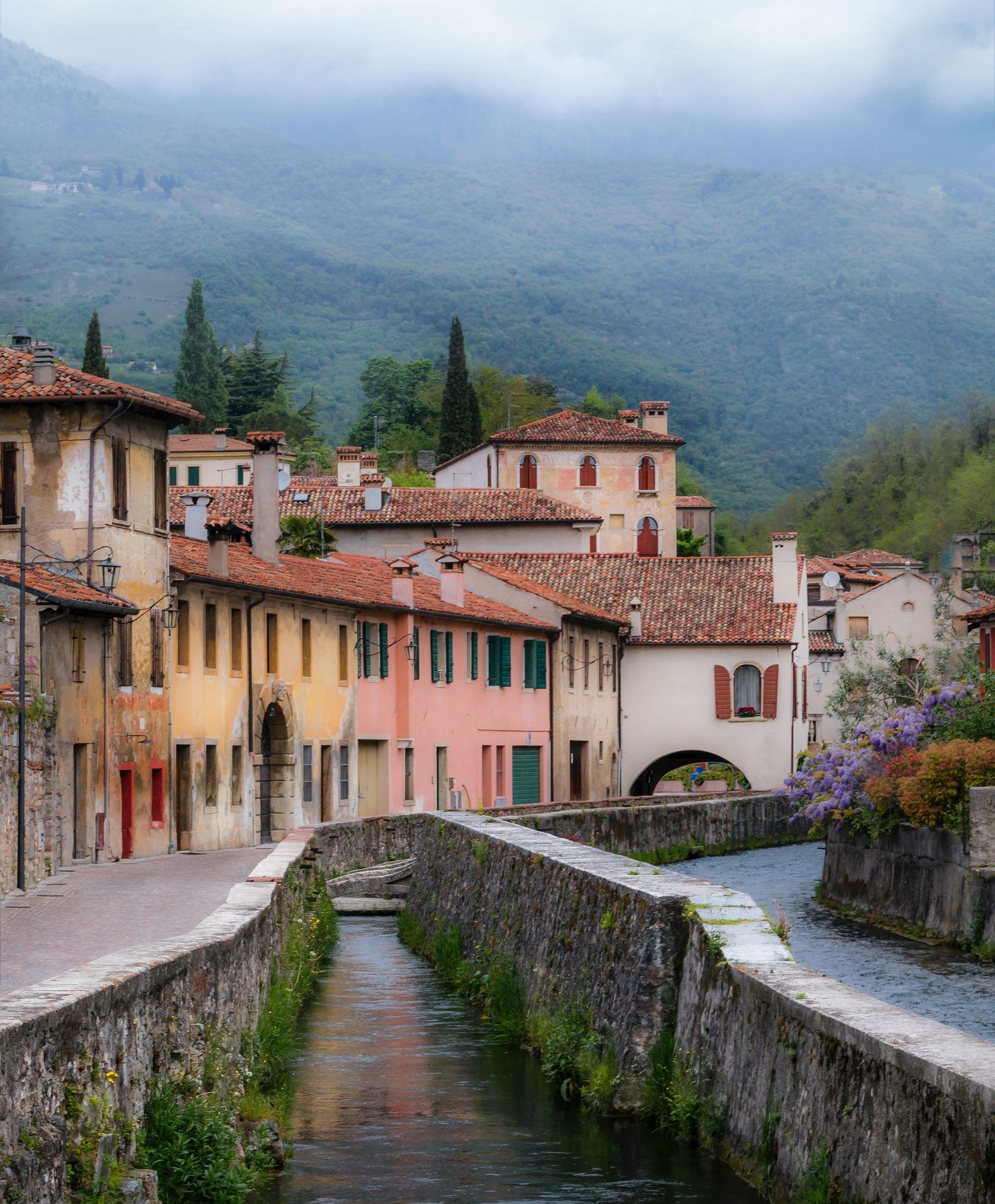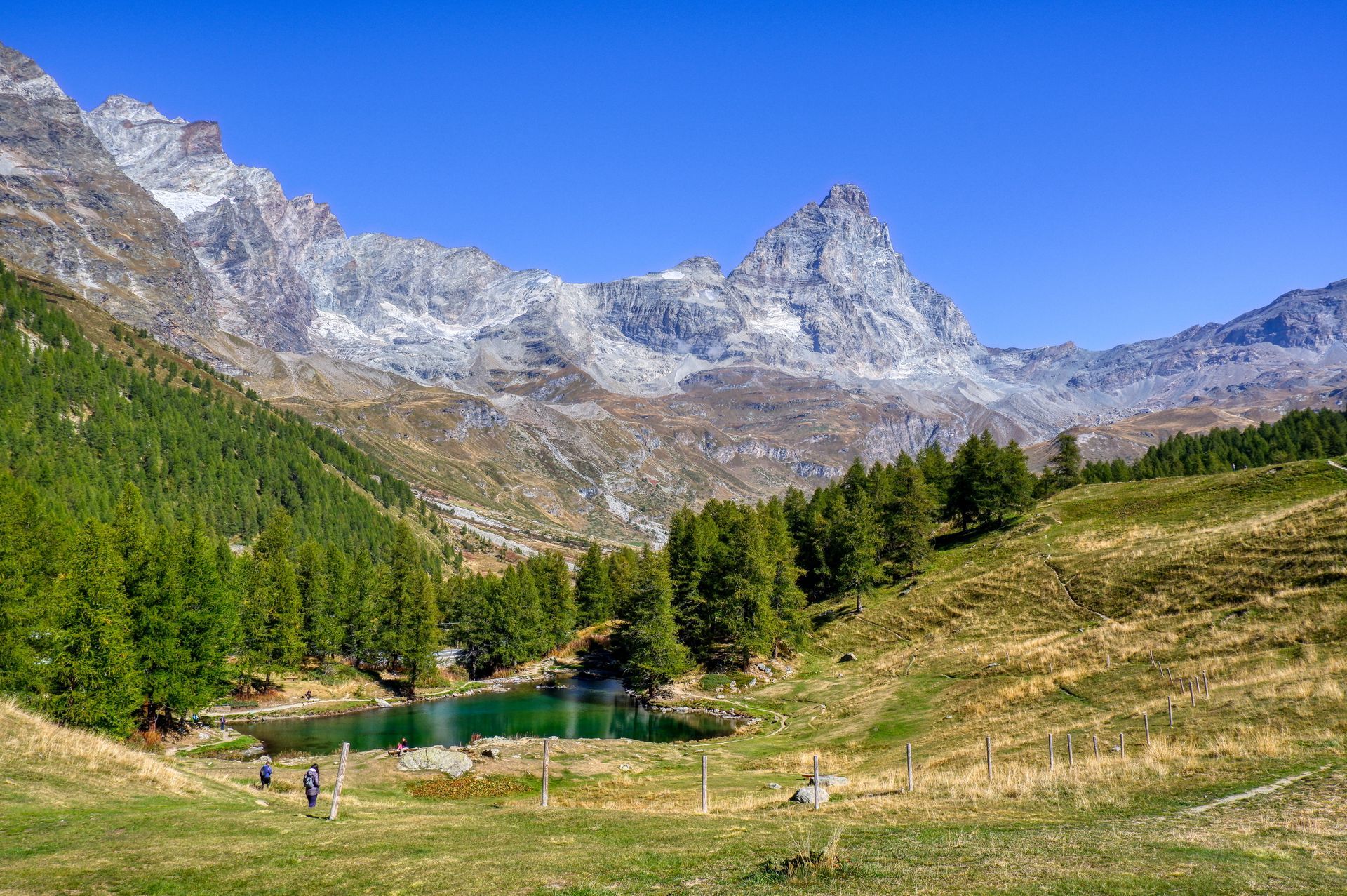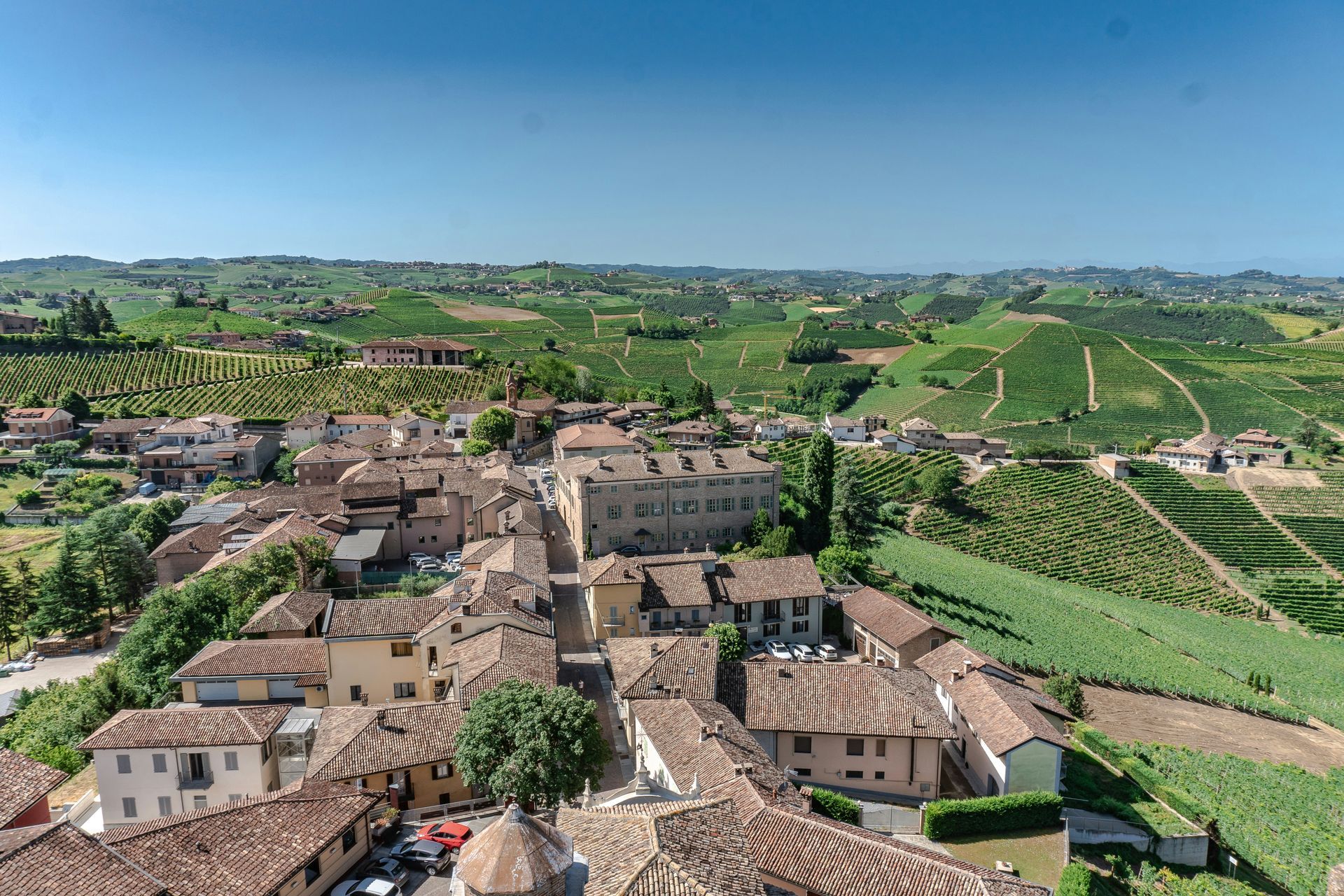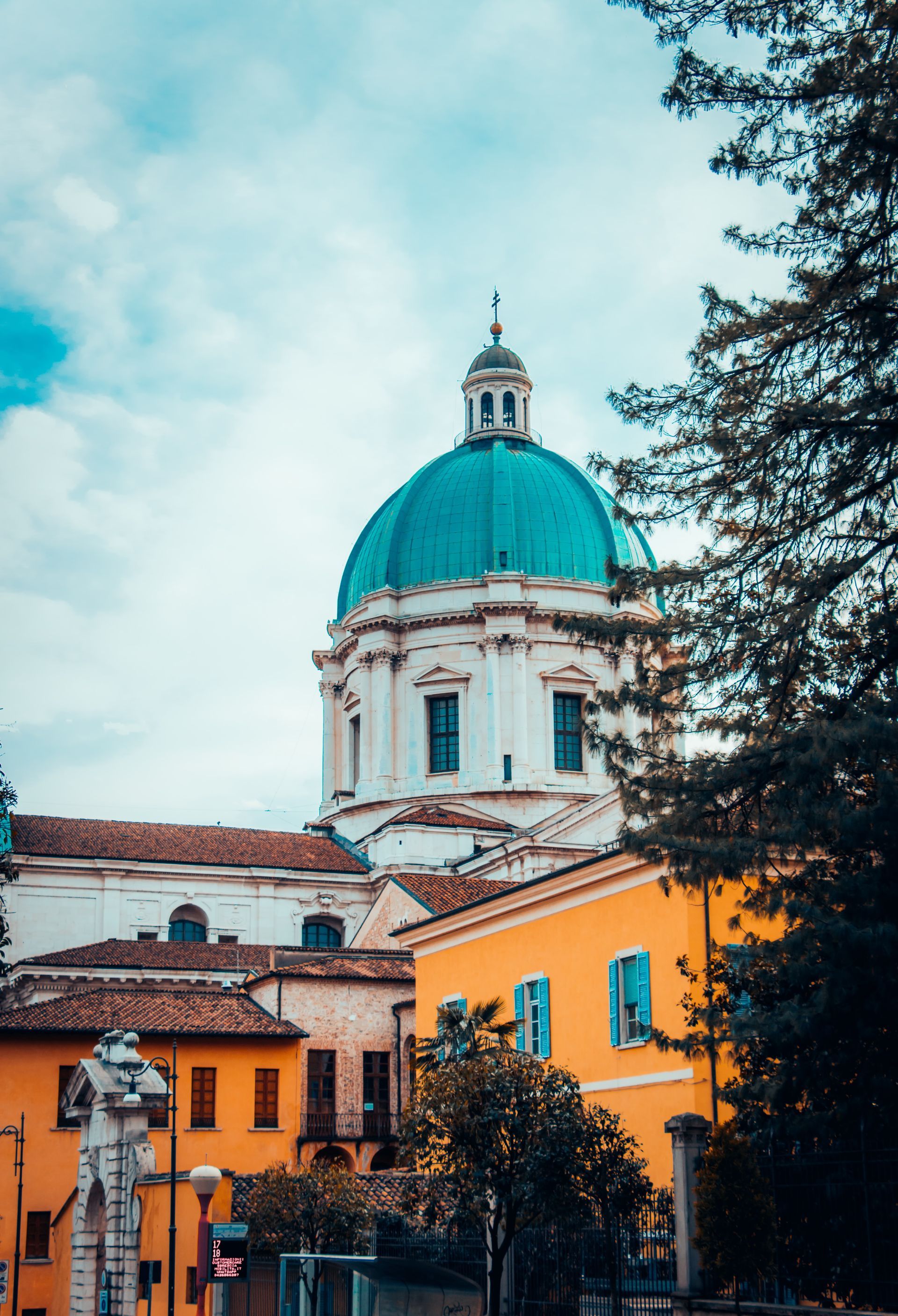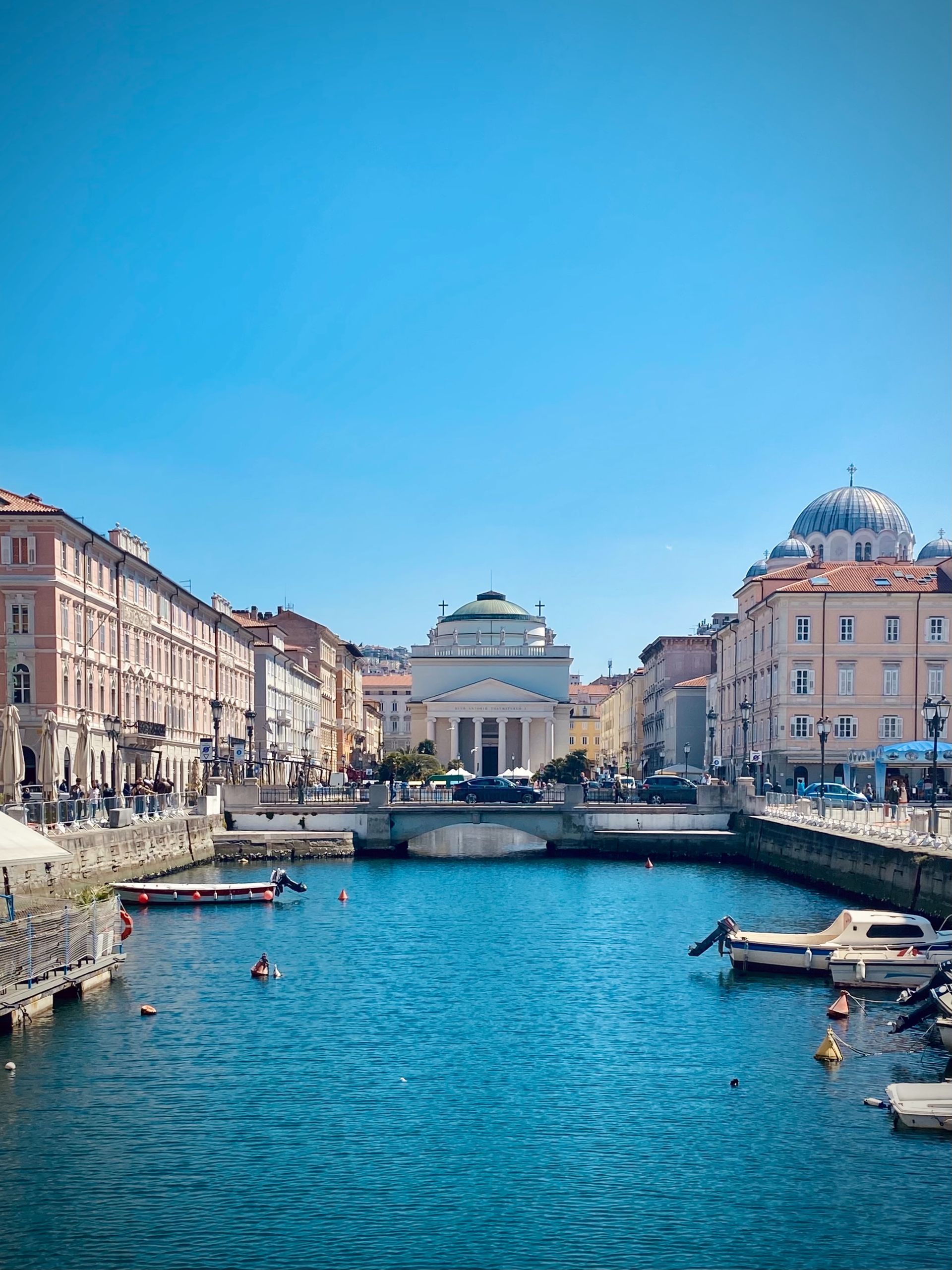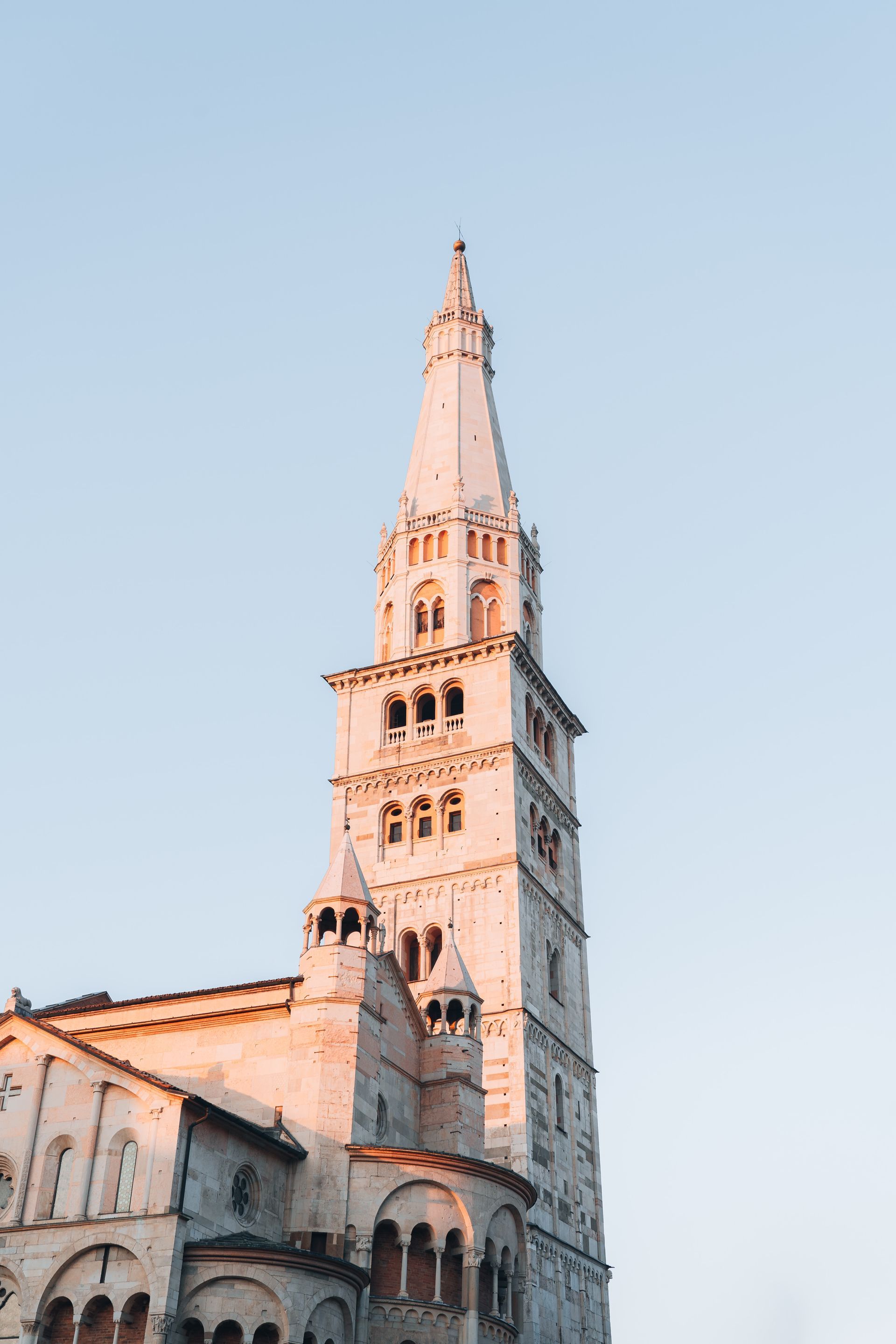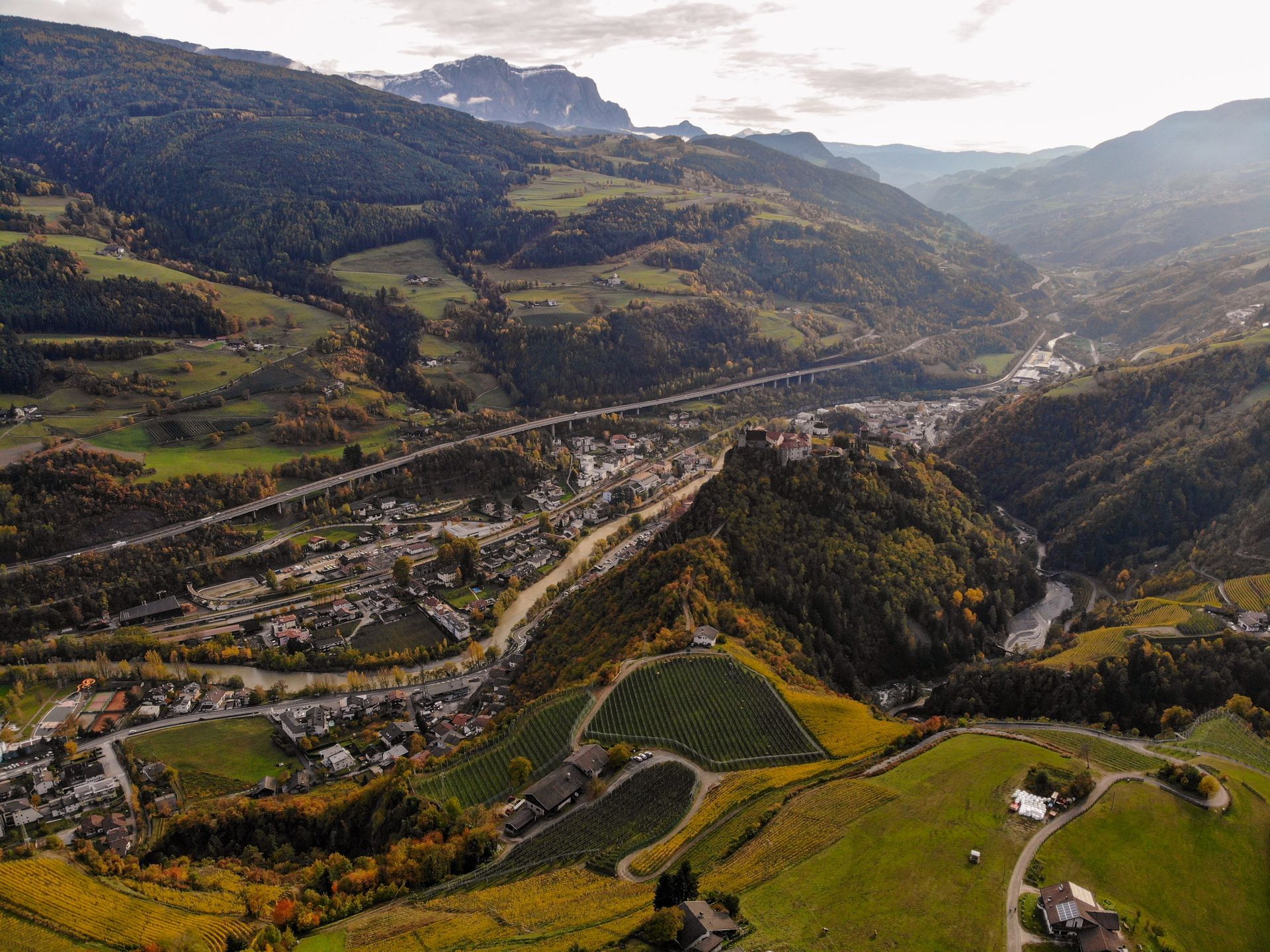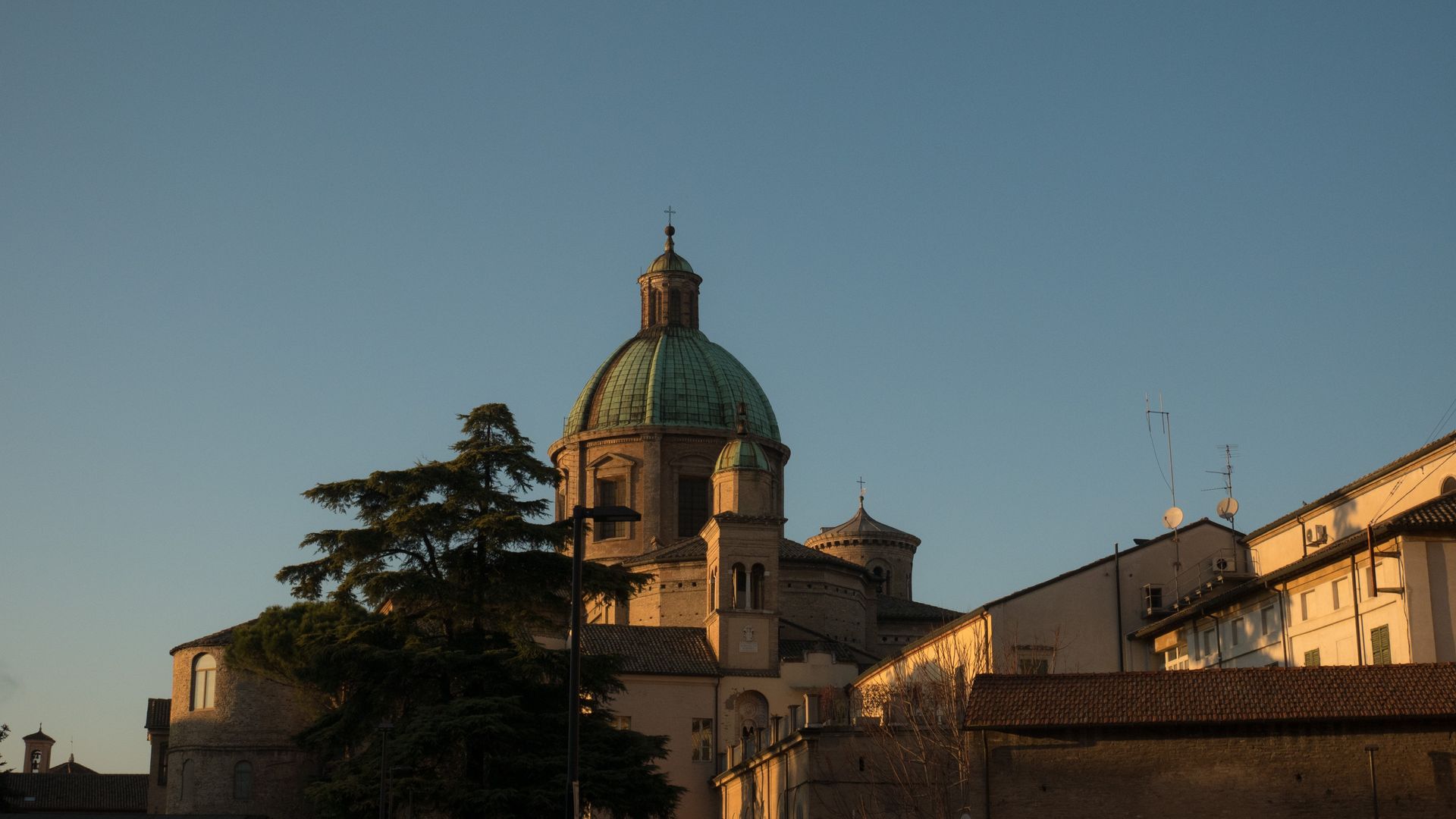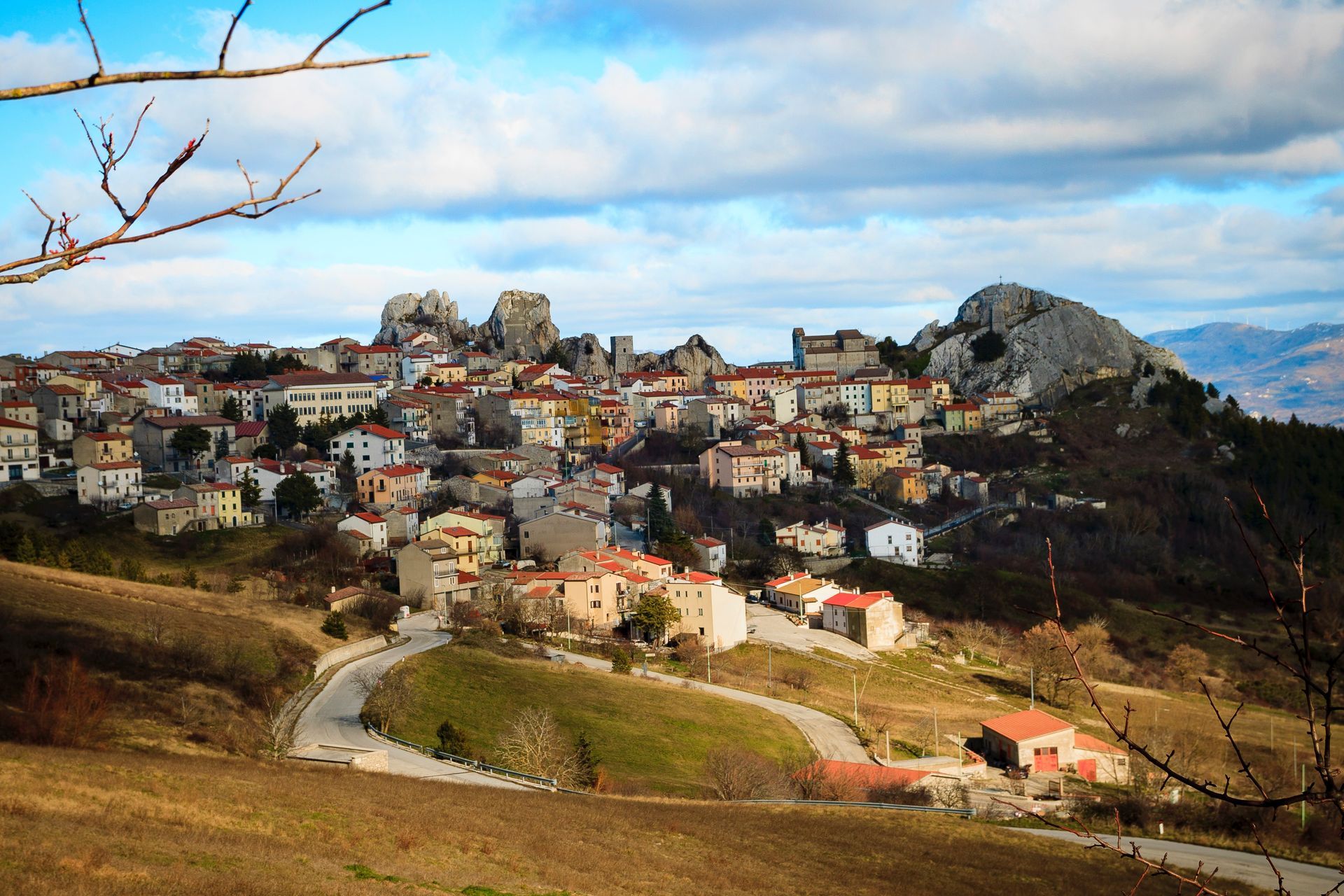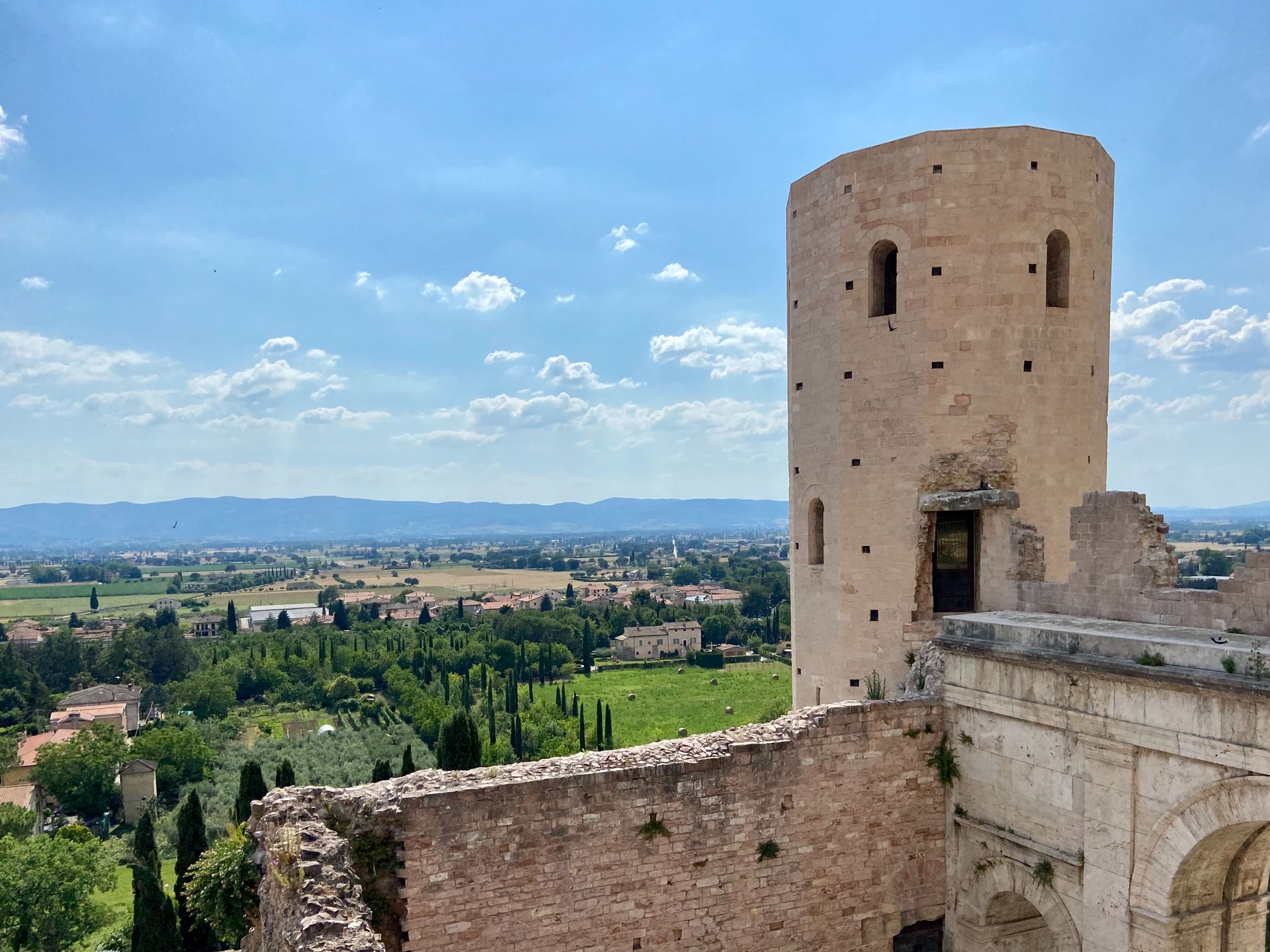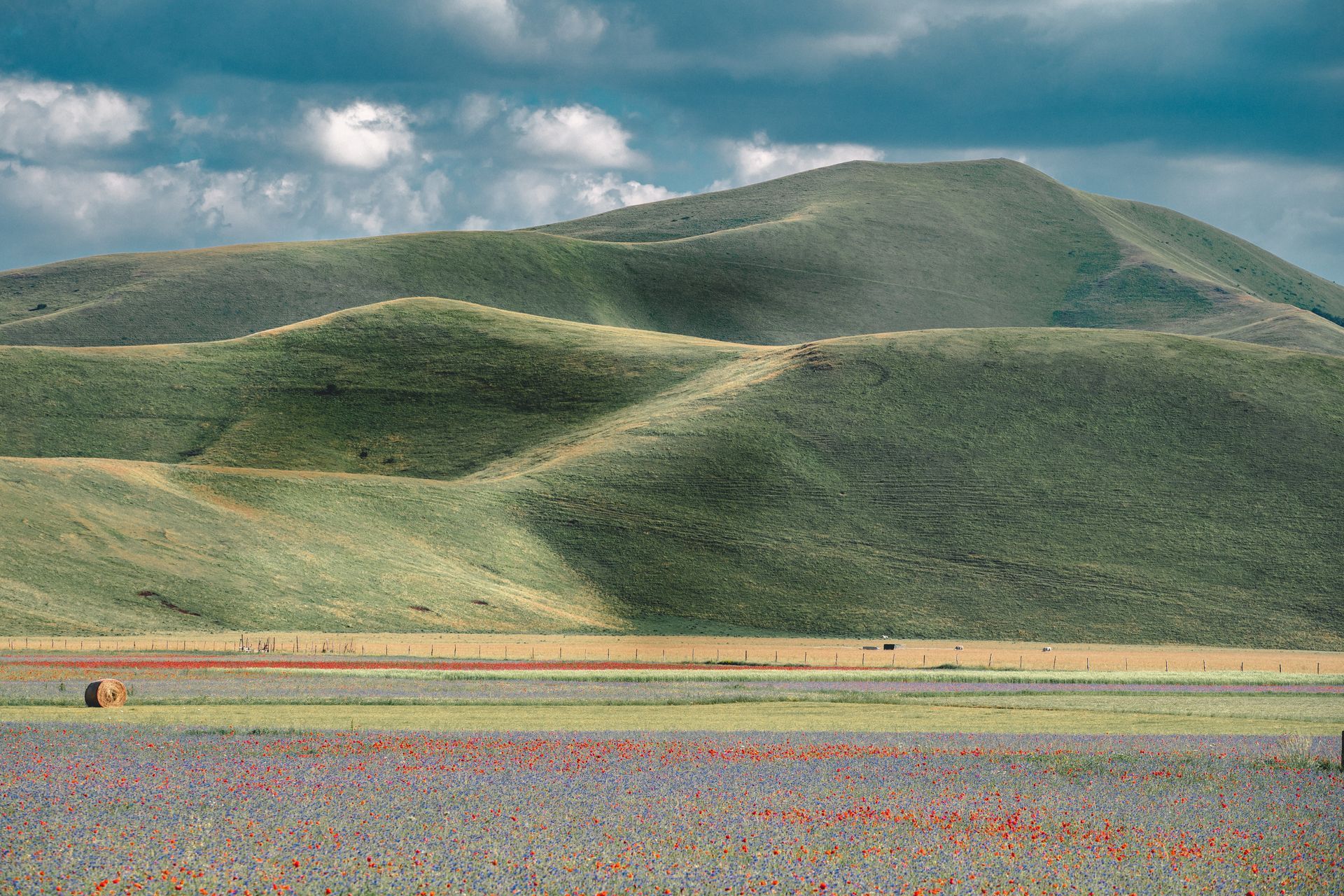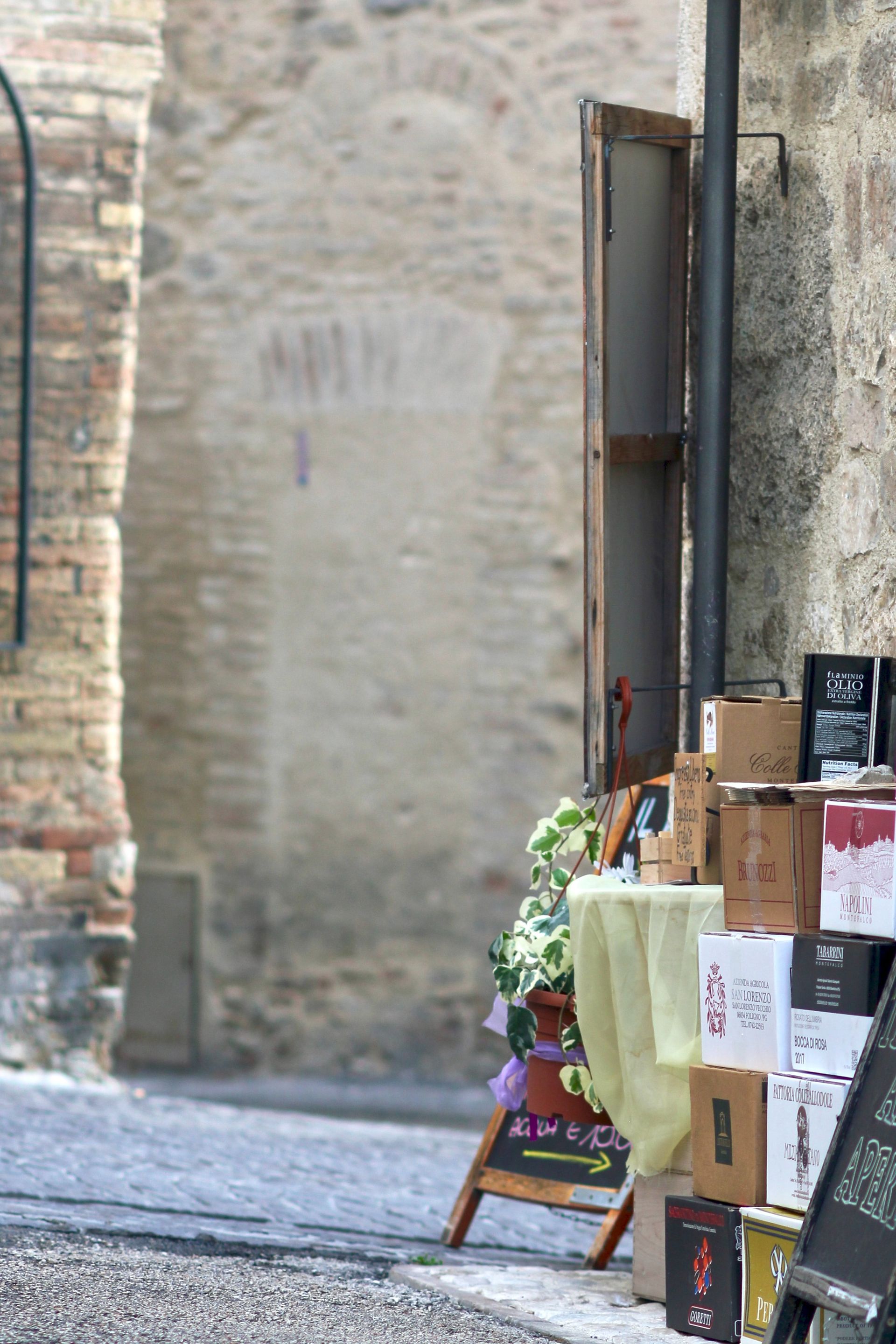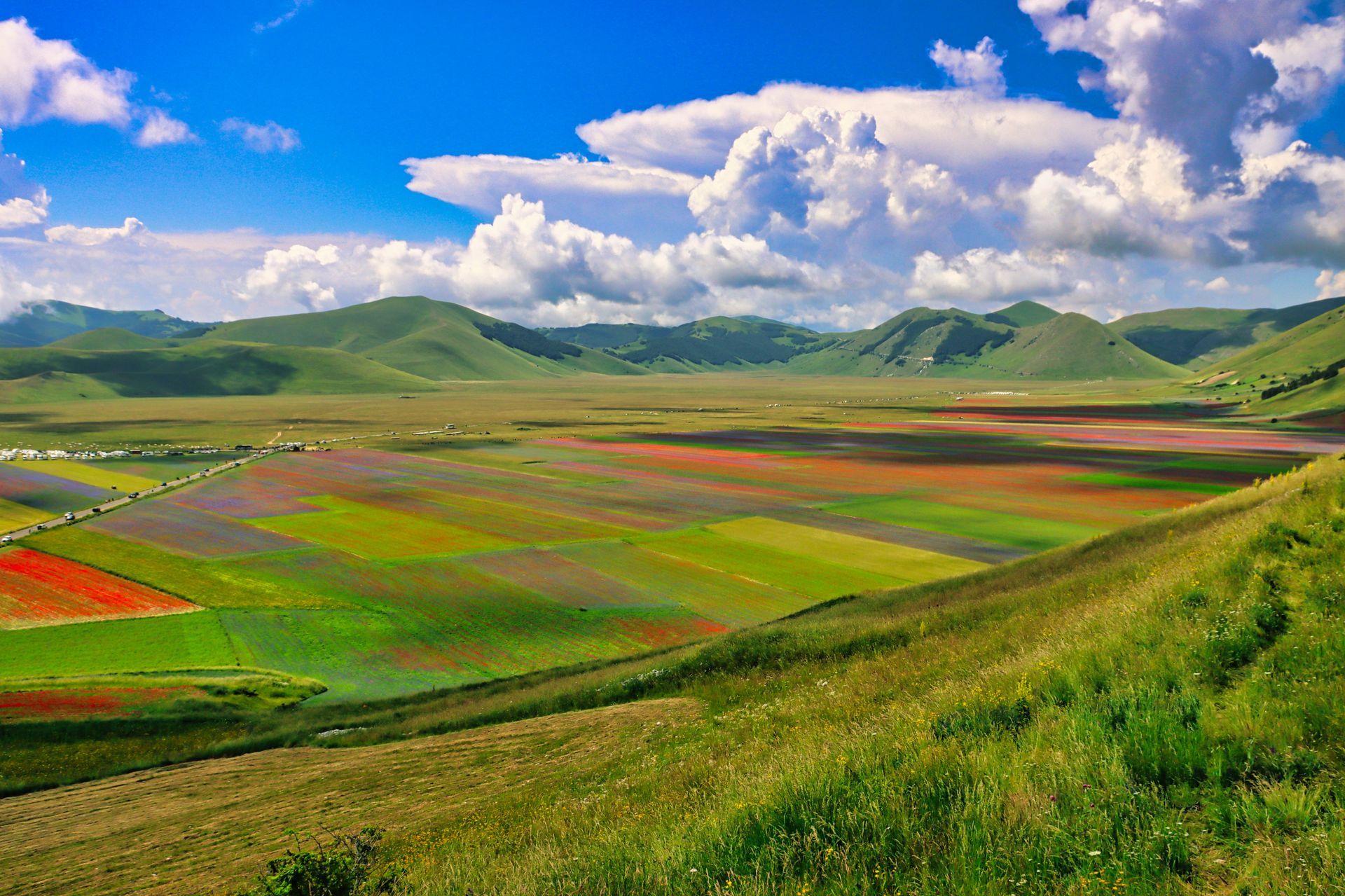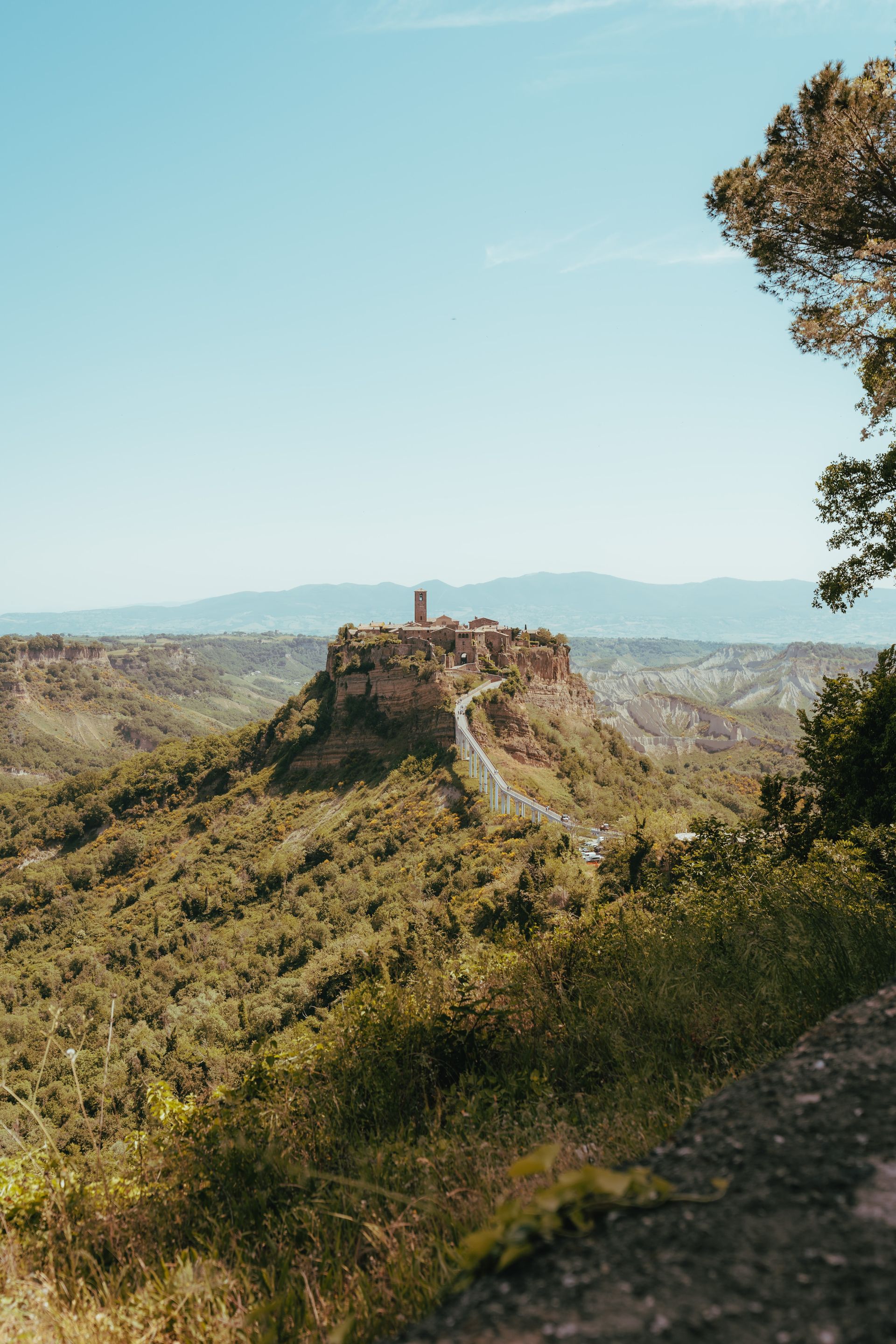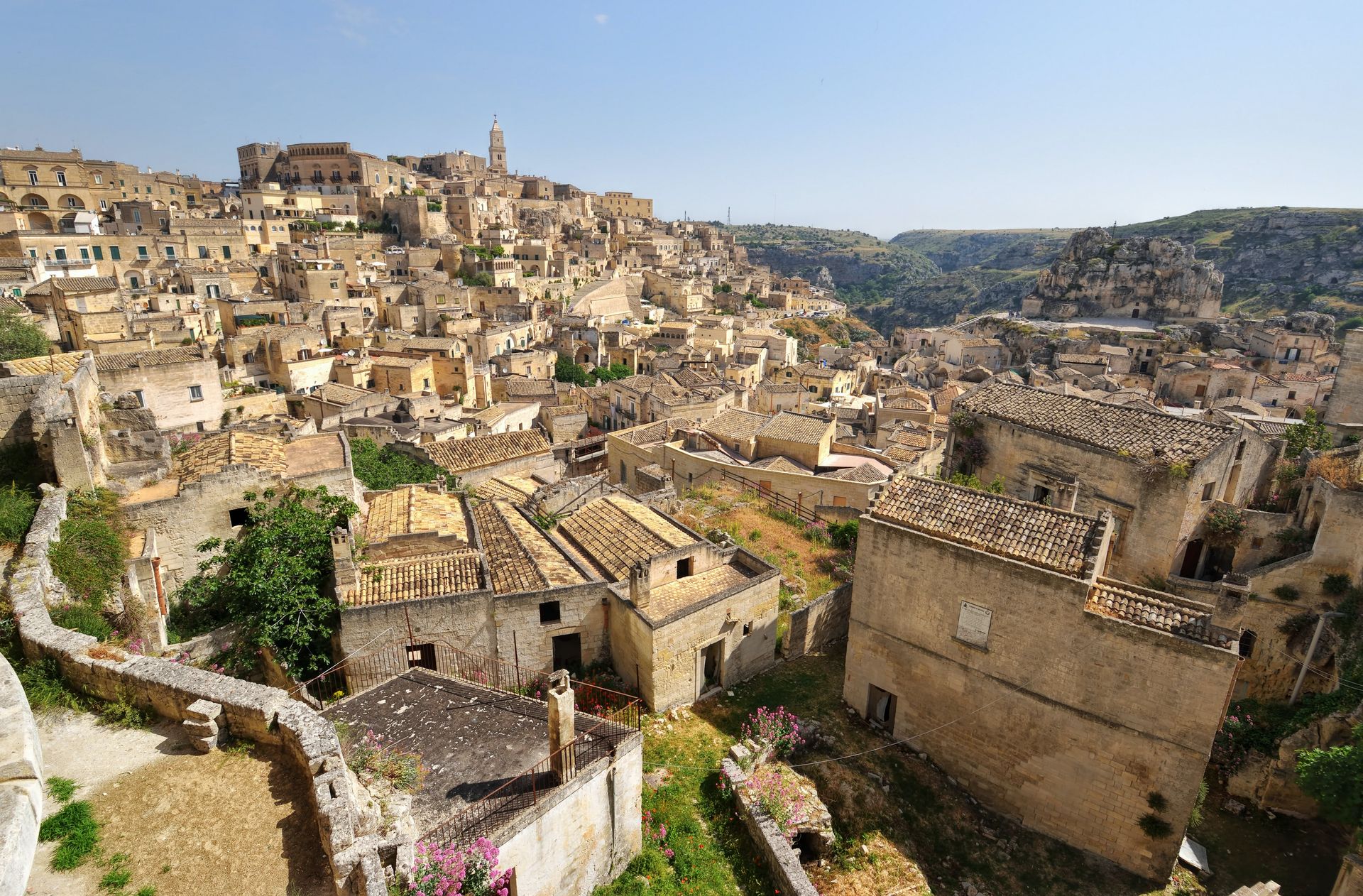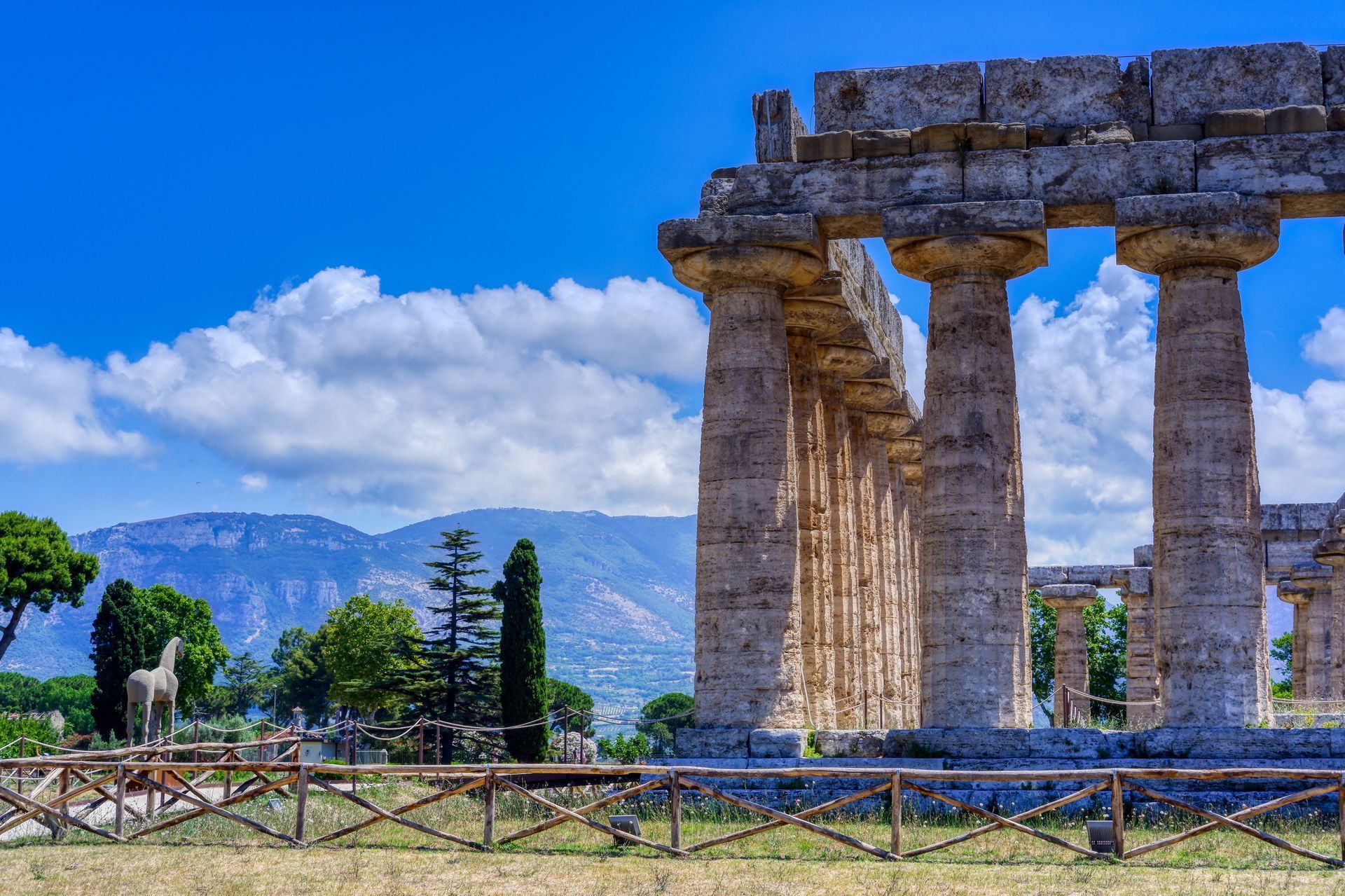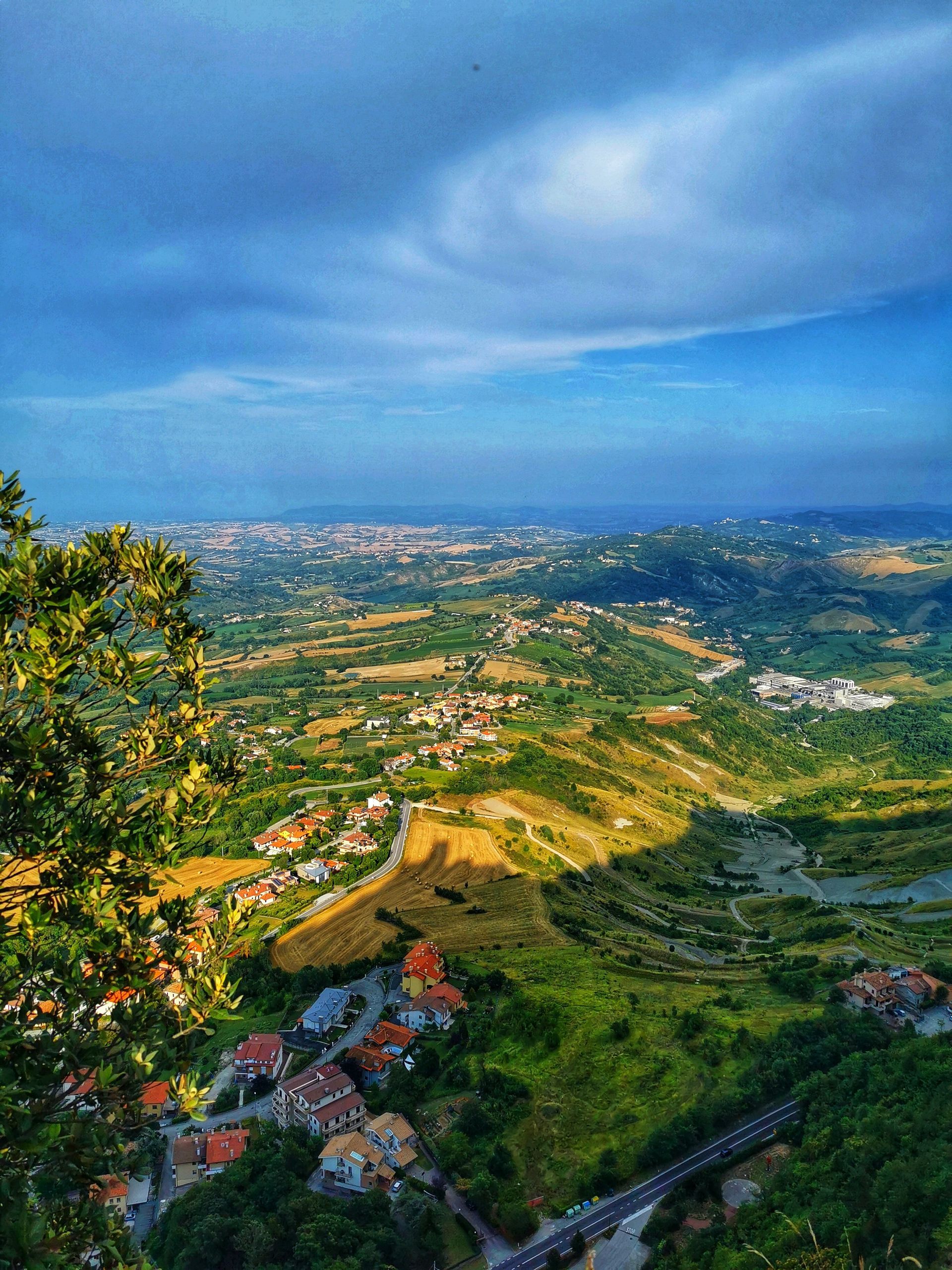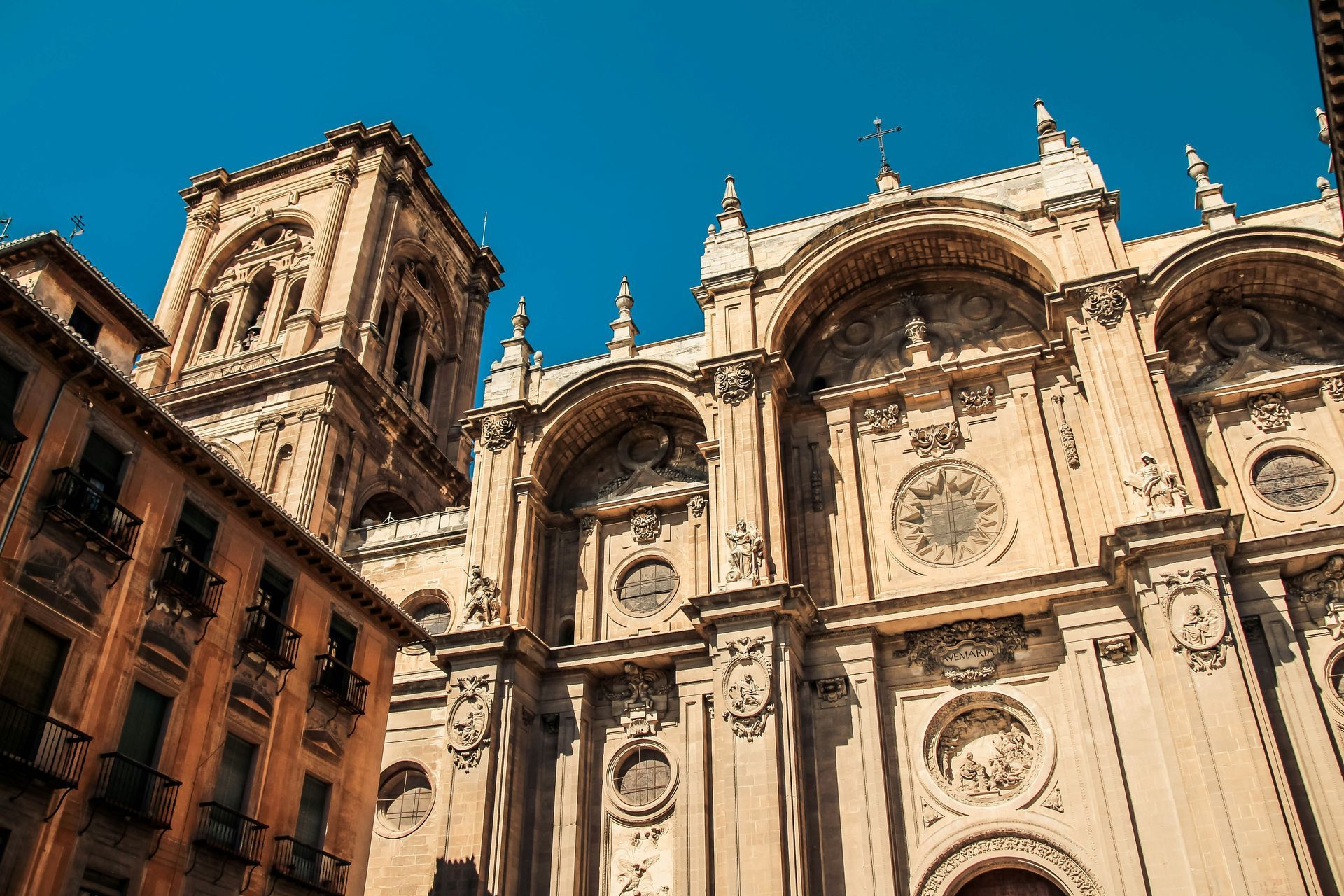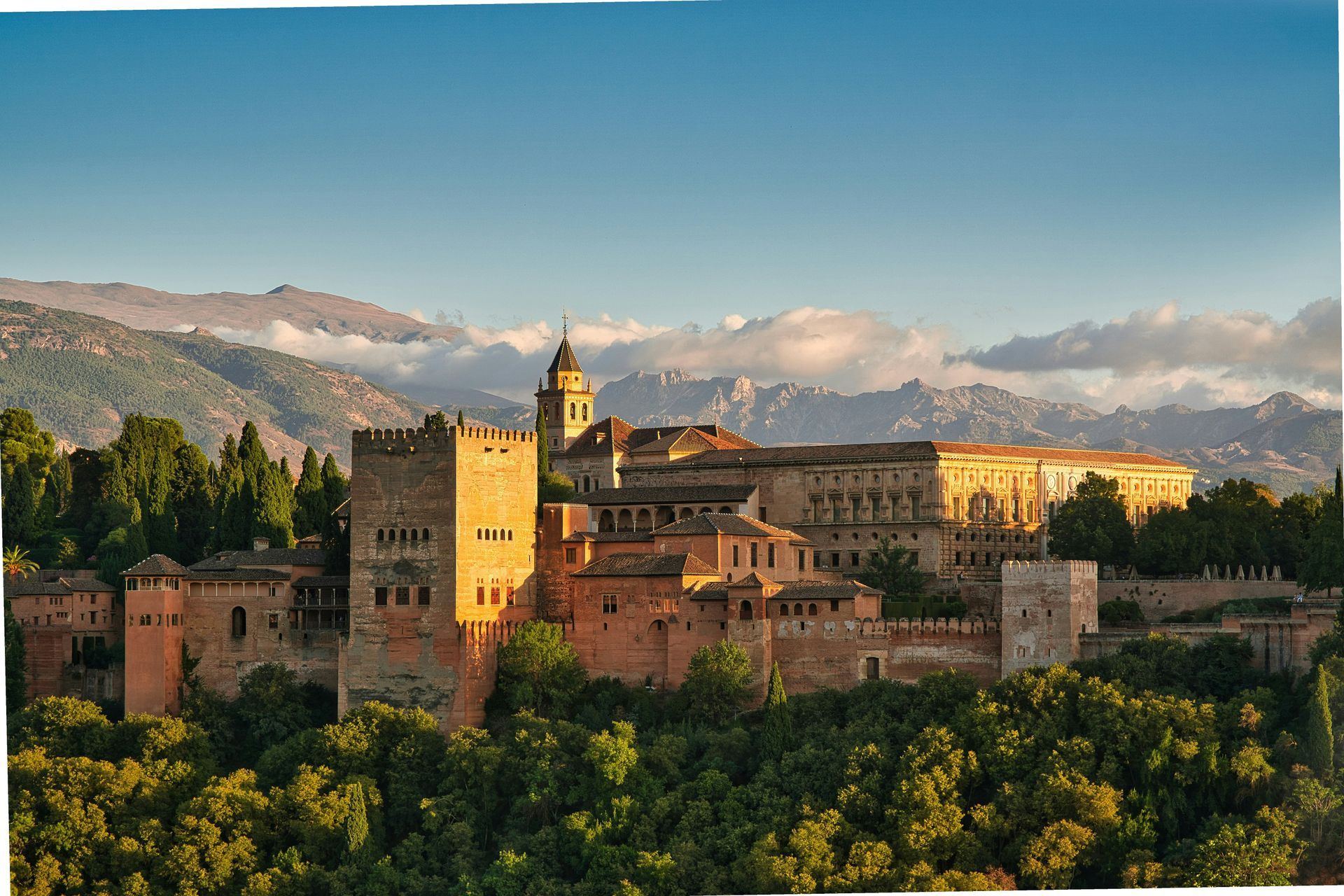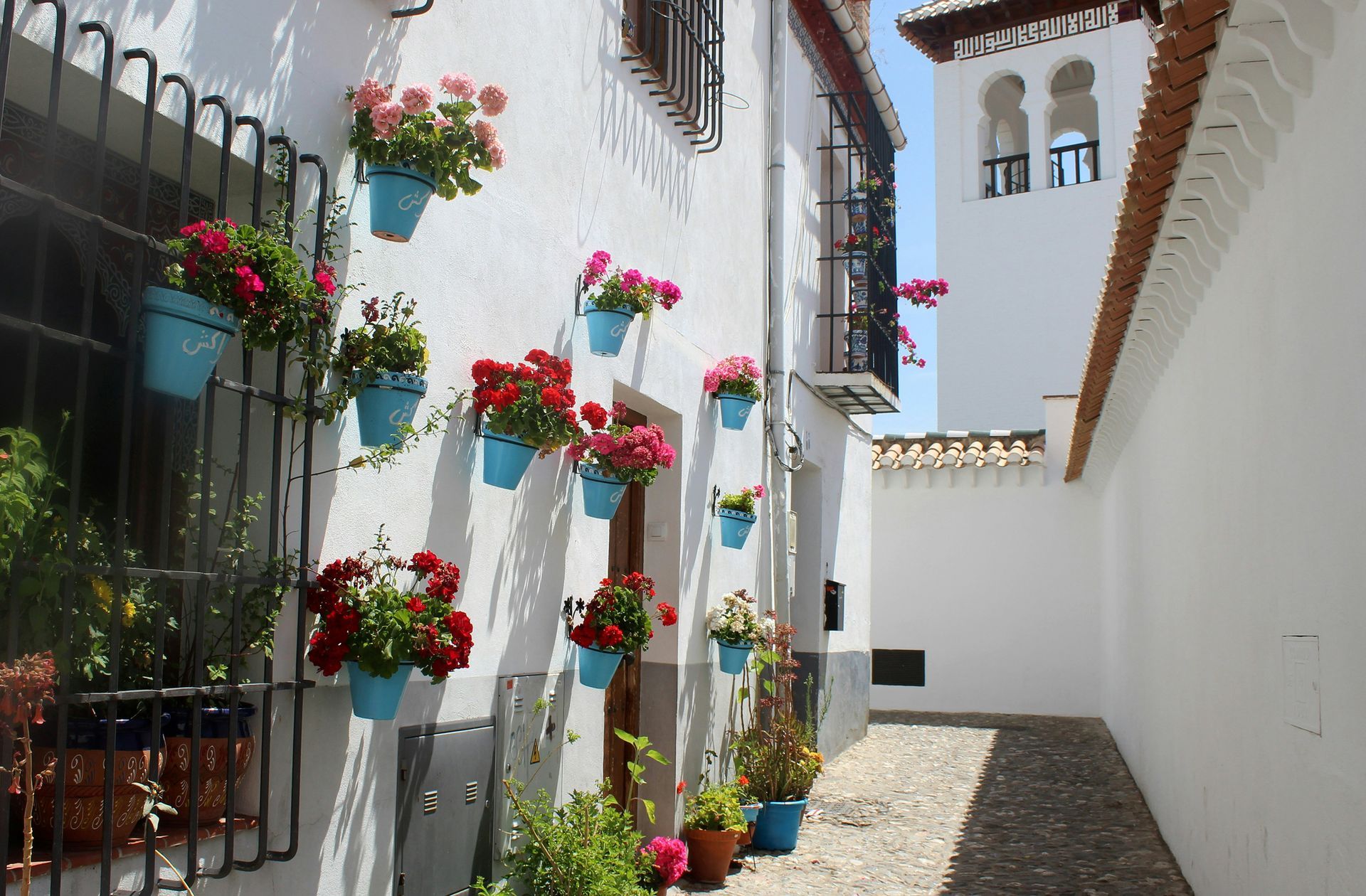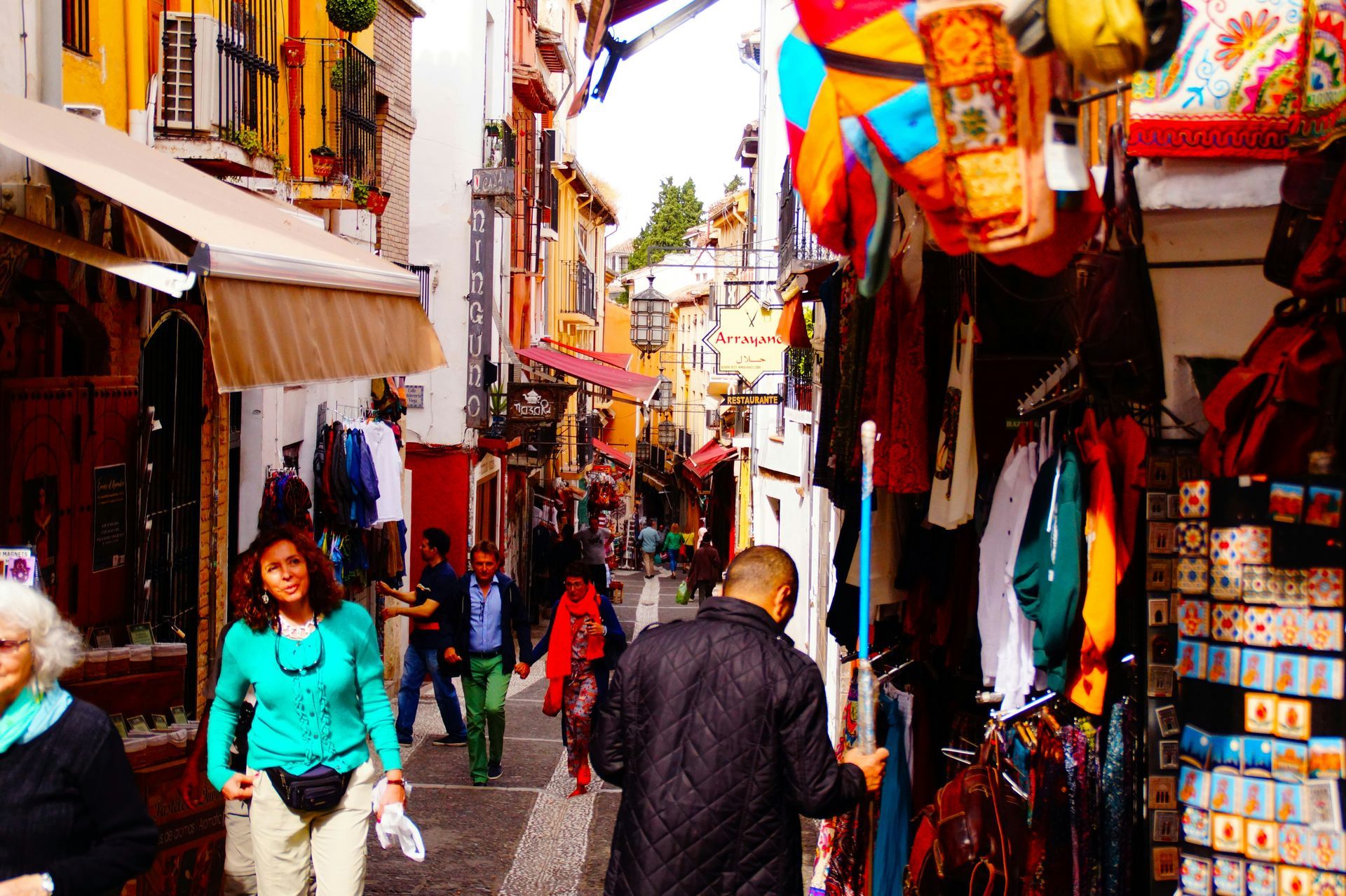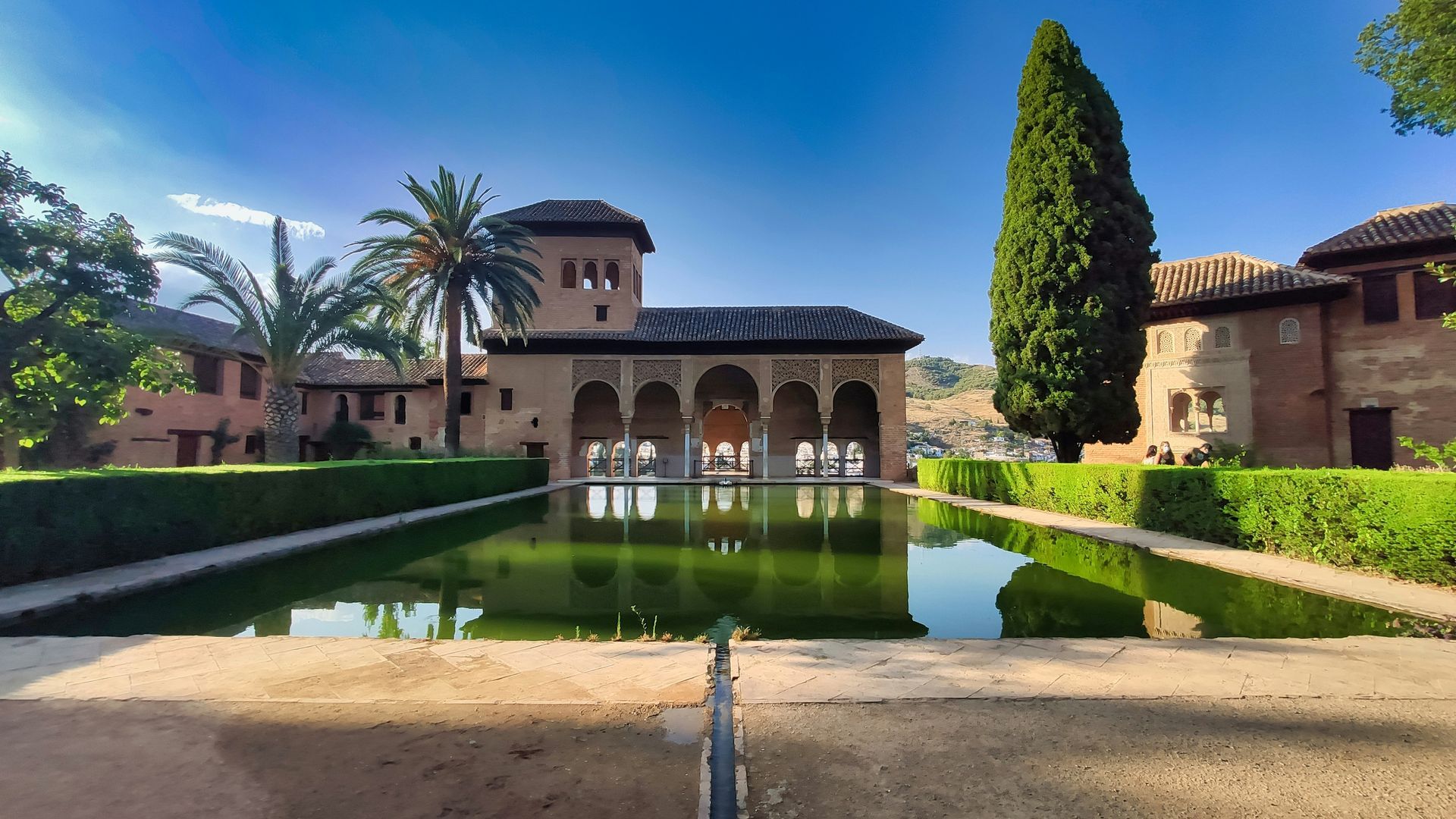Spreading Smile across the globe
Hidden Gems of Northern Italy
Hidden Gems of Italy are a testament to the country's diverse and enchanting beauty, often concealed from the traditional tourist routes. While Italy is celebrated for its iconic cities like Rome, Florence, Venice, and the Amalfi and Cinque Terre coasts, it's the lesser-known destinations that promise a unique journey. These unexplored regions offer travellers a chance to experience Italy's authentic culinary delights, rich historical narratives, and stunning natural landscapes. From the northern reaches to the southern shores, these Hidden Gems of Italy reveal a different facet of this remarkable nation.
Lake Orta - Piedmont
Hidden Gems of Italy come to life at Lake Orta, tucked away near the Swiss border in the heart of Piedmont. This hidden paradise often evades the spotlight compared to its more famous counterparts like Lake Como and Lake Garda. The historic town of Orta San Giulio, with its Baroque and Medieval architecture, cobbled streets, and idyllic Piazza Motta, enchants visitors. The glistening waters of the lake itself invite moments of serenity. What makes Lake Orta truly extraordinary is the mysterious island at its centre—a tranquil sanctuary inhabited by resident nuns.
Treviso - Veneto
Among the Hidden Gems of Italy, Treviso stands as a city in the Veneto region that retains its genuine northern Italian charm. Meandering through its narrow cobbled lanes, picturesque canals, and medieval city walls feels like a step back. Positioned on the fringes of the renowned Prosecco wine region, Treviso provides a delightful excuse for an aperitivo with a glass of Italy's renowned sparkling Prosecco.
Aosta Valley
Nestled among the bordering landscapes of Switzerland and France, the Aosta Valley showcases breathtaking alpine scenery, perched castles, and traditions that thrive throughout the year. When spring and summer arrive, the region's walking trails entice explorers. This season also brings lively festivals that celebrate folk traditions that date back to medieval times. Be sure to savour the local cheese Fontina, a culinary delight that embodies the spirit of this Hidden Gem of Italy.
Alba - Piedmont
Alba, a sought-after destination among Italy's hidden gems, is situated in the vineyards of the Langhe Hills. Once adorned with a hundred towers, Alba exudes a charming rural ambience. It's renowned for its autumn truffle festival, a gastronomic event that captures the essence of the region. Alba is also celebrated for its dark chocolate, hazelnut groves, white truffles, and prestigious wineries. It's from this very region that the sought-after Barolo wine originates.
Camogli - Liguria
Camogli, a typical and vibrant Italian seaside village on the Ligurian Riviera di Levante, perfectly embodies the spirit of the Hidden Gems of Italy. Towering, brightly painted houses dominate the town, and it has become a magnet for visitors seeking pristine beaches, Ligurian cuisine, the rustic fishing marina, Italian culture, and a tranquil natural setting. Camogli has earned its reputation for culinary excellence, focusing on fish and seafood, particularly anchovies and tuna, as well as the iconic pesto sauce made from basil and pine nuts.
Brescia - Lombardy
Hidden Gems of Italy often come alive through history, and Brescia is no exception. In this small city, history unfolds through a tapestry of architectural styles, spanning Roman, Medieval, Renaissance, Baroque, and even Art Deco. Walking through Brescia feels like a journey through time, and a visit to the captivating Piazza della Loggia, framed by a stunning Venetian-style palace at its heart, is a must for history enthusiasts.
Trieste
Trieste is a refreshingly unique destination, an Italian city positioned near the Slovenian border with its dialect that's a delightful blend of Austrian-German, Greek, Croatian, and Italian. Trieste's neoclassical waterfront is a sight to behold, with its marina brimming with stylish, glimmering yachts. The city's offerings include clear blue skies, expansive sandy beaches, city lidos, and the surrounding vineyards. Trieste is a Hidden Gem of Italy that belongs on every traveller's Northern Italian itinerary.
Modena - Emilia-Romagna
Modena is famed for its Hidden Gems of Italy, including balsamic vinegar, Luciano Pavarotti, the Romanesque cathedral, and the nearby Ferrari museum. Beyond these illustrious attractions, Modena reveals a treasure trove of remarkable restaurants. Massimo Bottura's Osteria Francescana has twice earned a place among the world's top 50 eateries, showcasing the culinary excellence of this Hidden Gem. While in Modena, don't miss the chance to savour local specialities like stuffed tortellini and sparkling Lambrusco wine, the perfect complement to your gastronomic journey.
Chiusa / Klausen - South Tyrol
Chiusa, also known as Klausen, is one of Italy's most picturesque villages. It is situated on the banks of the Isarco River in the South Tyrolean region near the Austrian border. Chestnut groves, green fields, vineyards, and farmsteads surround the town. In the village itself, visitors are captivated by narrow alleyways, coats of arms, large bay windows, crenellated facades, and the two main squares.
Ravenna - Emilia-Romagna
Ravenna offers a treasure trove of experiences among the Hidden Gems of Italy. This city is a feast for the senses, with its diverse offerings of food, music, art, culture, history, beaches, wine, and mosaics. Ravenna is home to eight UNESCO-listed sites, making it a must-visit for history and art enthusiasts. It's also known for its two-month-long music festival, Dante Alighieri's tomb, local culinary delights, nearby beach resorts, and the opportunity to explore pinewood forests. The city's fame is derived from its stunning mosaics, dating from the fifth and sixth centuries, scattered throughout the town.
In conclusion, Italy's Hidden Gems invite you to embark on a journey less travelled, where the rich tapestry of history, diverse cuisine, and breathtaking landscapes come to life. These lesser-known destinations provide an authentic Italian experience, away from the bustling crowds, revealing the nation's soul in its purest form. Explore these Hidden Gems to uncover Italy's hidden treasures.
Hidden Gems of Central Italy
Hidden Gems of Italy beckon the adventurous traveller to explore the lesser-known treasures that this remarkable country holds. From the picturesque valleys of Tuscany to the medieval charm of Umbria, the mysterious landscapes of Molise, and the architectural wonders of San Gimignano, these destinations promise unforgettable experiences.
Garfagnana - Tuscany
The Garfagnana region is a hidden gem in the beautiful Tuscan valley north of Lucca. It is crossed by the Serchio River, and the landscape is characterized by fertile greenery, rugged mountains, and charming villages. Outdoor activities such as hiking, walking, and mountain biking are enjoyed by many people in this area. Garfagnana is home to several one-of-a-kind attractions, including a ghost town, a wind cave, and the Devil's Bridge at Borgo a Mozzano.
Gubbio - Umbria
Umbria hides many treasures, and a particular favourite among Hidden Gems of Italy is the Medieval hilltop town of Gubbio. Gubbio, a city with a history dating back over 2,000 years, is a maze of cobbled streets and stone buildings that have been perfectly preserved. Visitors can take a cable car to the summit of Mount Ingino to enjoy panoramic views of the surrounding area. In addition, Gubbio hosts Italy's oldest event, the Corsa dei Ceri, in which teams race through the streets carrying massive wooden candles.
Molise
Molise is Italy's second-smallest region and one of its best-kept secrets. Hidden Gems of Italy are plentiful here. The picturesque town of Agnone is renowned for its artisanal bells, produced by the oldest family-run bell foundry in the world. Meanwhile, Campobasso, the regional capital, boasts a stunning medieval old town. Molise offers a captivating mix of historical charm and natural beauty, with rugged mountains, rolling hills, and pristine beaches along the Adriatic coast.
San Gimignano - Tuscany
Nestled in the heart of Tuscany, San Gimignano boasts medieval architecture and, of course, its famous towers. The town's historic centre is a UNESCO World Heritage site, known for its fourteen stone towers that once symbolised wealth and power. San Gimignano offers a glimpse into medieval Tuscany, with well-preserved streets and squares that transport visitors to another time. Besides the towers, make sure to explore the Collegiate Church and indulge in the local Vernaccia wine, a crisp white wine produced in the region.
Spello - Umbria
Another gem in the heart of Italy, Spello enchants visitors with its winding medieval streets and stunning floral displays. Known as the "Città Infiorata" or "flower town," Spello hosts the Infiorata festival, during which the streets are carpeted with intricate flower petal designs. This event occurs in early June and is a magnificent spectacle. Outside of the festival, Spello's charm continues with its well-preserved historic centre and beautiful churches.
Trulli of Alberobello - Apulia
Apulia, or Puglia, is famous for its unique trulli houses, and Alberobello is the epicentre of this architectural marvel. These whitewashed conical homes are a UNESCO World Heritage Site that offers a glimpse into the region's history. Visitors can even stay in trulli that have been converted into accommodations, providing a truly immersive experience.
Norcia - Umbria
Nestled in the Sibillini Mountains, Norcia is renowned for its gastronomy. This charming town produces exceptional cured meats, particularly prosciutto and salami. For food enthusiasts, Norcia is a true Hidden Gem of Italy. Explore local shops, taste the region's specialities, and visit the beautiful town square. Nature enthusiasts will also find hiking trails and natural beauty in the nearby Monti Sibillini National Park.
Montefalco - Umbria
Montefalco is often called the "Balcony of Umbria" for its stunning views over the surrounding valley. This charming town is also known for its wine, particularly Sagrantino, one of Italy's most robust red wines. Montefalco's medieval centre is picturesque and hosts several churches with remarkable frescoes, making it a cultural and gastronomic gem.
Castelluccio di Norcia - Umbria
High in the Sibillini Mountains, Castelluccio di Norcia is a quaint village known for its stunning wildflower blooms in late spring and early summer. The surrounding plateau becomes a colourful tapestry, attracting photographers and nature enthusiasts. Besides the flowers, visitors can enjoy hiking and take in the breathtaking scenery. Hidden Gems of Italy like Castelluccio di Norcia provide a unique connection to nature and the changing seasons.
In the heart of Italy, a treasury of Hidden Gems awaits the intrepid traveller. From the mysterious ghost town of Garfagnana to the ancient charms of Gubbio, the enchanting landscapes of Molise, and the medieval splendours of San Gimignano, these lesser-known destinations reveal Italy's diverse beauty and rich history. Journey through the tranquil streets of Spello, marvel at the unique trulli houses in Alberobello, savour the culinary delights of Norcia, and bask in the vibrant blooms of Castelluccio di Norcia. These Hidden Gems of Italy promise an unforgettable adventure in a land of timeless wonder.
Hidden Gems of Southern Italy
Italy, a land of rich history, captivating art, and exquisite cuisine, is known for its iconic cities and world-famous landmarks. Despite the tourist-filled streets and crowded piazzas, the country holds many hidden gems—lesser-known destinations that offer a more intimate and authentic experience. These places, tucked away in various corners of Italy, are a testament to the nation's diverse and enchanting beauty, waiting to be explored by the discerning traveller. From medieval towns perched atop hills to charming coastal villages and ancient archaeological sites, the Hidden Gems of Italy promise unique adventures and unforgettable memories.
Civita di Bagnoregio - Lazio
Civita di Bagnoregio is often called the "Dying Town" because of its gradual erosion over the centuries. This medieval village is perched on a hilltop and can only be reached by a long footbridge. It's a unique destination, seemingly suspended in time, and is the perfect Hidden Gem for history buffs and photographers.
Matera - Basilicata
Matera, known for its cave dwellings, is one of Italy's most intriguing and unique destinations. The Sassi di Matera, a historic cave settlement, is a UNESCO World Heritage Site. Matera is gaining popularity but still qualifies as one of the Hidden Gems of Italy. Touring this labyrinth of stone-carved rooms and narrow streets offers an incredible historical journey.
Sperlonga - Lazio
Sperlonga is a charming coastal town characterized by its pristine beaches, winding alleys, and picturesque piazzas. Nestled between Rome and Naples, Sperlonga is often overlooked by travellers. A visit here reveals a relaxed and authentic Italian atmosphere, perfect for strolls and seaside relaxation. Take advantage of the Grotto of Tiberius, a cave once used as the emperor's villa and now a museum.
Paestum - Campania
The ancient ruins of Paestum, originally a Greek colony known as Poseidonia, provide an extraordinary window into Italy's history. The temples are exceptionally well-preserved, ranking among the best-preserved in the world. Paestum is also home to a fascinating archaeological museum that displays artefacts from the site. Enjoy a step back in time amid the Hidden Gems of Italy.
Castro - Apulia
Castro, a picturesque coastal town, boasts a historic centre perched on a rocky outcrop. Visitors can explore ancient churches, fortifications, and a charming harbour. Castro also has sea caves that can be explored by boat. The region's cuisine is a seafood lover's paradise, making this town a Hidden Gem for food enthusiasts as well.
Scilla - Calabria
Scilla, an idyllic coastal village in Calabria, offers stunning sea views and hidden beaches. The town is known for the Ruffo Castle, which dominates the landscape, and the legendary sea monster Scylla from Greek mythology. The charming village is a serene and lesser-known alternative to some of the more crowded Italian seaside destinations.
San Marino
San Marino is a microstate surrounded by Italy and is one of the world's oldest republics. It's a destination that's often missed, making it a true Hidden Gem. San Marino boasts dramatic mountaintop views, historic architecture, and unique attractions like the Guaita Tower and the Palazzo Pubblico. For collectors, the country is also known for its beautiful stamps and coins.
Conclusion
Discovering the Allure of Hidden Gems of Italy
Hidden Gems of Italy offers travellers an authentic experience, far removed from the tourist-packed cities and famous landmarks. These lesser-known destinations unravel the genuine charm, culture, history, and culinary wonders that make Italy an endlessly fascinating country to explore. From the mountains of the North to the coasts of the South, each region holds its treasures, waiting to be discovered by those who venture off the beaten path. By exploring the Hidden Gems of Italy, you can craft a unique and unforgettable journey that deepens your appreciation of this incredible country. Plan your trip carefully, and you will be rewarded with the beauty, history, and flavours that characterize these enchanting places.
Granada: Insider's Guide to the Rich Culture and History
Welcome to Granada, a city steeped in history, culture, and vibrant energy. Located centrally within Andalusia, Granada entices travelers with its captivating fusion of Moorish architectural wonders, Spanish cultural heritage, and modern vibrancy. In this insider's guide, we'll delve into the myriad things to do in Granada, offering a glimpse into the city's rich tapestry of experiences.
From exploring the iconic Alhambra to wandering through the charming streets of the Albaicin, Granada offers a treasure trove of cultural gems waiting to be discovered. Immerse yourself in the sights and sounds of this captivating city as we uncover its hidden treasures, vibrant neighborhoods, and culinary delights.
Whether you're drawn to the majestic palaces of the Alhambra, the bustling markets of the Albayzin, or the tranquil gardens of the Generalife, Granada promises an unforgettable journey filled with history, art, and authentic Spanish charm. Join us as we embark on an adventure through the winding streets and storied landmarks of Granada, where every corner reveals a new story waiting to be told.
What factors contribute to Granada's abundance of art and culture?
Granada is a city brimming with art and culture, offering a plethora of enriching experiences for visitors. The amalgamation of Moorish, Christian, and Jewish influences has shaped Granada into a cultural haven, where every corner reveals a new facet of its rich heritage.
The keyword "Things to do in Granada" encompasses a wide range of cultural activities, from exploring historic landmarks like the Alhambra and Generalife to immersing oneself in the vibrant street art scene. Travelers have the opportunity to meander along the labyrinthine pathways of the Albaicin, recognized as a UNESCO World Heritage site, where they can admire its historic architecture and quaint cafes.
Granada's cultural richness extends beyond its historic sites, with world-class museums like the Museo de Bellas Artes showcasing masterpieces by renowned artists. Flamenco performances, traditional festivals, and culinary delights further enhance the city's cultural tapestry, offering visitors a multifaceted experience.
Whether indulging in tapas at local taverns, attending a flamenco show, or exploring the Alhambra's palatial wonders, Granada promises an immersive journey through art, history, and culture that leaves a lasting impression on all who visit.
Main attractions with lots of Culture and Art:
The Alhambra:
Among the things to do in Granada, the Alhambra stands as the crown jewel of Granada, offering a mesmerizing glimpse into the city's illustrious past. This UNESCO World Heritage site beckons visitors to immerse themselves in its enchanting blend of Moorish architecture, lush gardens, and intricate carvings. Exploring the Alhambra is a quintessential experience for anyone visiting Granada, providing insight into its rich cultural heritage and historical significance. From wandering through the Nasrid Palaces to admiring the Generalife's tranquil gardens, every corner of the Alhambra invites exploration, making it a must-visit attraction for those seeking to delve into the heart of Granada's allure.
The Generalife:
Among the things to do in Granada, nestled within the Alhambra complex, the Generalife beckons visitors to experience tranquility amidst its verdant gardens and elegant architecture. This iconic retreat offers a serene escape from the bustling streets of Granada, inviting exploration of its lush pathways and serene water features. The Generalife's historical significance and timeless beauty make it a must-visit destination for those seeking to immerse themselves in the rich cultural heritage of Granada. Whether strolling through the fragrant rose gardens or admiring the breathtaking views of the Alhambra, a visit to the Generalife promises a memorable experience that captures the essence of Granada's allure.
The Cathedral of Granada:
Among the things to do in Granada, one of Granada's architectural marvels, the Cathedral stands as a testament to the city's rich history and cultural significance. Decorated with elaborate carvings and towering spires, it enchants visitors with its magnificence and grace. Inside, ornate chapels and majestic altars showcase exquisite craftsmanship and religious devotion. Delving into the Cathedral provides insight into Granada's history and its timeless spiritual legacy. Whether admiring its Gothic facade or marveling at its vast interior, a visit to the Cathedral is a must for anyone seeking to delve into the vibrant tapestry of Granada's cultural landscape.
The Royal Chapel:
Among the things to do in Granada, a testament to Granada's royal legacy, the Royal Chapel is a must-visit for history enthusiasts. Housing the tombs of Catholic Monarchs, Ferdinand and Isabella, it exudes solemnity and grandeur. The chapel's detailed architecture and stunning artwork provide a window into Spain's diverse cultural legacy. Guests can admire its elaborate altarpieces and marvel at the masterpieces created by celebrated artists. Exploring the Royal Chapel provides a profound insight into Granada's royal past and its enduring significance in Spanish history. Whether for religious contemplation or historical appreciation, a visit to the Royal Chapel promises a memorable experience for travelers exploring Granada's cultural treasures.
The Museum of Fine Arts:
Among the things to do in Granada, art aficionados will find solace in Granada's Museum of Fine Arts, a haven of artistic brilliance. Containing a varied array of paintings, sculptures, and artifacts, the museum presents an enthralling voyage through Spain's cultural legacy. Visitors can admire works by renowned artists such as Alonso Cano and Pedro de Mena, immersing themselves in the beauty of Spanish artistry. From Baroque masterpieces to contemporary creations, the museum showcases the evolution of artistic expression over the centuries. Exploring the Museum of Fine Arts provides a profound insight into Granada's artistic legacy and its contribution to Spain's cultural landscape. Whether a connoisseur or a casual admirer, a visit to this museum is a rewarding experience for anyone exploring the cultural delights of Granada.
The Flamenco Museum:
Among the things to do in Granada, immerse yourself in the soul-stirring rhythms of flamenco at Granada's Flamenco Museum, a must-visit for enthusiasts of this passionate art form. Nestled in the heart of the city, the museum offers a mesmerizing journey through the history and heritage of flamenco, showcasing its profound cultural significance. Visitors can witness captivating performances, delve into the origins of flamenco, and even participate in interactive workshops to learn the art of flamenco dancing. With its vibrant ambiance and immersive exhibits, the Flamenco Museum promises an unforgettable experience that celebrates the essence of Granada's rich cultural tapestry. Whether a seasoned aficionado or a curious newcomer, a visit to this museum is sure to ignite a passion for flamenco in every visitor.
The Old and the New Granada
In Granada, ancient history blends seamlessly with modern vibrancy, offering visitors a fascinating contrast of the old and the new. Wander through the enchanting narrow streets of the Albaicín, where Moorish architecture and centuries-old traditions transport you back in time. Discover hidden plazas adorned with fragrant orange trees and intricate tilework, and soak in breathtaking views of the Alhambra perched majestically on the hillside.
Then, venture into the bustling city center, where lively cafes, trendy boutiques, and vibrant street art showcase the contemporary spirit of Granada. Explore the modern side of the city along the bustling Gran Vía, lined with chic shops and bustling markets, or unwind in one of the stylish rooftop bars offering panoramic views of the cityscape. Whether strolling through ancient alleyways or embracing the energy of modern Granada, experiencing the old and the new is an essential part of things to do in Granada.
The people: The culture
Among the things to do in Granada, the warmth and hospitality of its people are as integral to the culture as its historic landmarks. Take a moment to connect with the locals, whether it's sharing tapas in a traditional tavern or striking up a conversation in a quaint plaza. Embrace the Andalusian spirit of camaraderie and revel in the lively atmosphere of the city's street markets and festivals, where music, dance, and laughter fill the air.
Engage with artisans showcasing their craft in bustling markets, or join in on a flamenco performance to experience the passion and energy of Spanish culture firsthand. From the spirited conversations in local cafes to the heartfelt greetings of strangers passing by, the people of Granada embody the rich tapestry of traditions and customs that make this city truly special. Exploring Granada isn't just about seeing its sights; it's about immersing yourself in the vibrant tapestry of its culture and connecting with the heart and soul of its people.
What to eat?
Among the things to do in Granada, culinary delights await around every corner, making dining an essential part of your experience.
Churros with Chocolate:
Enjoy this traditional Spanish breakfast of fried dough served with thick, rich chocolate sauce.
Tapas: Experience the local tradition of sharing small plates filled with delicious bites like croquettes, fried seafood, and Spanish omelet.
Fresh Produce: Visit the city's food markets to sample fresh fruits, vegetables, and artisanal cheeses.
Jamón Ibérico:
Indulge in Spain's famous cured ham, particularly the high-quality Ibérico variety.
Gazpacho:
Cool off with a refreshing bowl of this traditional Andalusian cold soup made with ripe tomatoes, cucumbers, peppers, and garlic.
Oxtail Stew:
Savor this hearty and flavorful stew made with tender oxtail, vegetables, and aromatic spices.
Seafood Paella: Delight in this iconic Spanish rice dish cooked with seafood, saffron, and other flavorful ingredients.
Pionono:
Treat yourself to this unique dessert pastry filled with cream and topped with syrup, a specialty of Granada.
Local Wines: Pair your meals with regional wines from nearby vineyards, such as those from the Sierra Nevada or the Lecrín Valley.
Itinerary List
Day 1: Exploring the Historic Center
Morning:
Alhambra Palace:
Start early to explore the Alhambra Palace complex, including the Nasrid Palaces, Generalife Gardens, and Alcazaba. Book tickets in advance to avoid long queues.
Generalife Gardens: After visiting the Alhambra, spend time wandering through the Generalife Gardens, admiring the lush greenery, fountains, and stunning views.
Lunch: Head back to the city center for lunch. You can find many charming cafes and restaurants offering traditional Andalusian cuisine.
Afternoon:
Albaicín Quarter: Explore the historic Albaicín neighborhood, with its narrow cobblestone streets, whitewashed houses, and panoramic viewpoints overlooking the city.
Sacromonte: Explore the Sacromonte neighborhood, famed for its cave residences and vibrant flamenco scene. Embark on a guided excursion to discover the region's past and savor an evening Flamenco performance.
Day 2: Cultural and Culinary Delights
Morning:
Cathedral and Royal Chapel:
Start your day with a visit to Granada's Cathedral and the adjacent Royal Chapel, where you can admire the stunning architecture and learn about the city's history.
Free Walking Tour: Join a free walking tour of the city center to discover hidden gems, learn about local culture and history, and get insider tips from knowledgeable guides.
Afternoon:
Alcaicería Market: Explore the Alcaicería, Granada's historic Moorish silk market, now a bustling maze of narrow streets lined with shops selling souvenirs, spices, and crafts.
Tapas Tour: Experience Granada's famous tapas culture by hopping between tapas bars in the city center. Many bars offer free tapas with drinks, allowing you to sample a variety of local specialties.
Evening:
Mirador de San Nicolás: End your day with a visit to the Mirador de San Nicolás in the Albaicín neighborhood. Enjoy breathtaking views of the Alhambra illuminated against the night sky.
This itinerary offers a mix of cultural exploration, historic landmarks, culinary delights, and stunning views, allowing you to experience the best of Granada in just two days.
Conclusion:
In conclusion, Granada offers an enchanting blend of history, culture, gastronomy, and natural beauty, making it a must-visit destination for travelers looking for exciting things to do in Granada. From the awe-inspiring Alhambra Palace to the charming streets of the Albaicín quarter, there are endless activities and attractions to explore in this captivating city.
Whether you're wandering through centuries-old landmarks, savoring the flavors of Andalusian cuisine in bustling tapas bars, or soaking in panoramic views of the Sierra Nevada mountains, Granada never fails to leave a lasting impression on its visitors.
With its rich Moorish heritage, vibrant arts scene, and warm hospitality, Granada beckons travelers to immerse themselves in its unique atmosphere and discover the countless treasures it has to offer. Whether you're a history buff, a foodie, an art enthusiast, or simply seeking adventure, Granada promises an unforgettable experience filled with discovery, inspiration, and wonder.
So, whether you're strolling through the narrow alleyways of the Albaicín, marveling at the intricate architecture of the Alhambra, or savoring the flavors of local cuisine in a bustling plaza, Granada invites you to embark on a journey of exploration and discovery, where every moment is filled with excitement and possibility.
Things To Do | Travel Information | Local's Favourites




